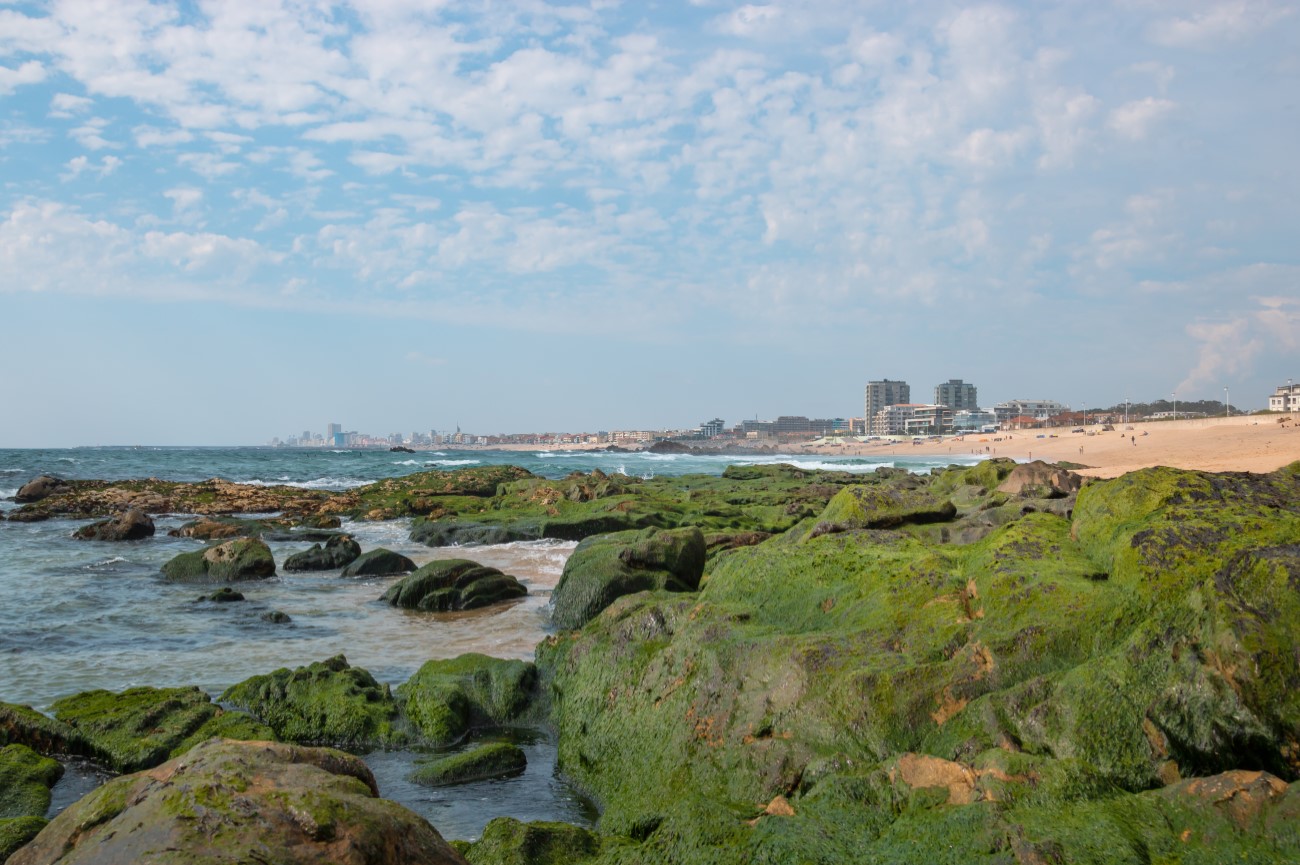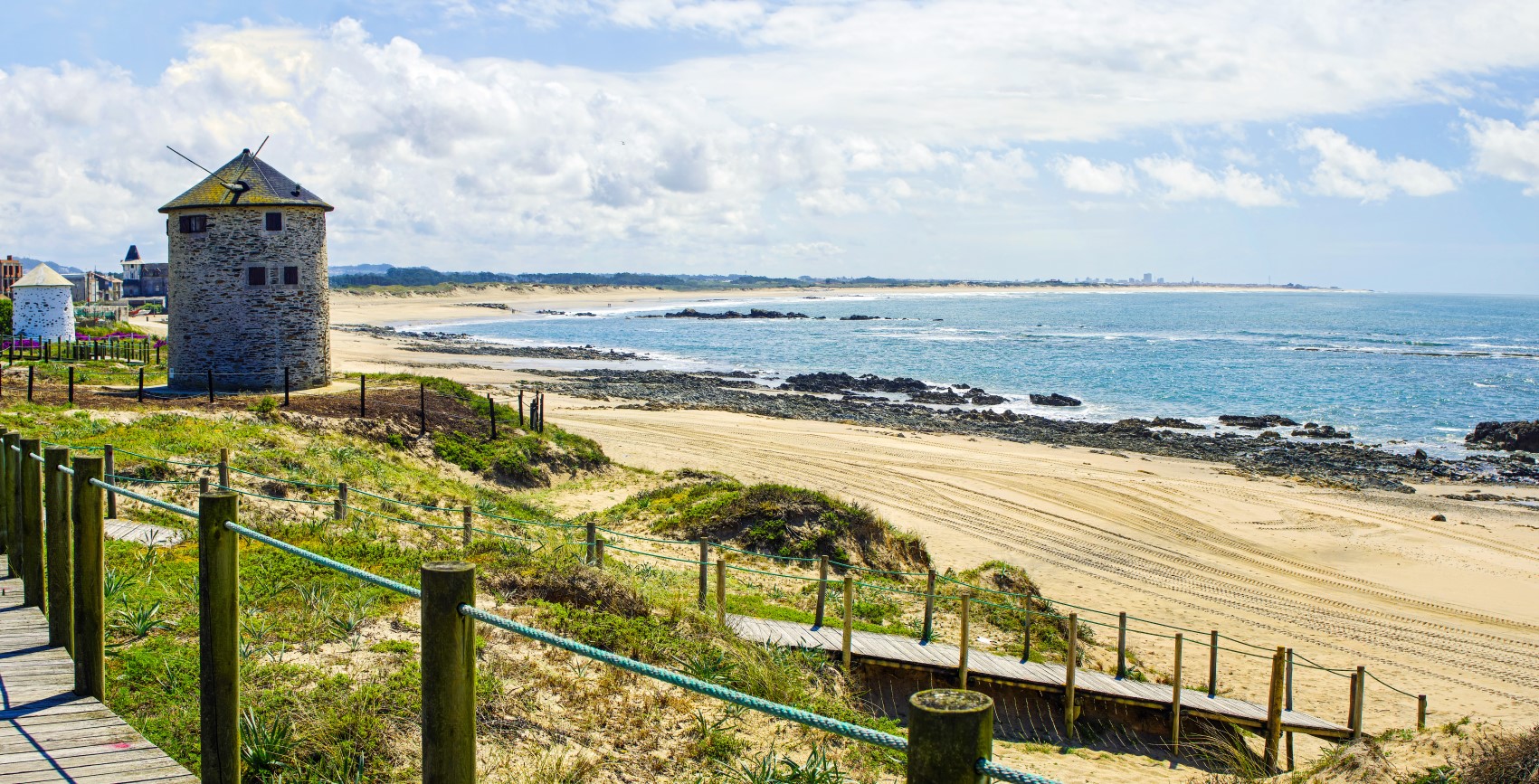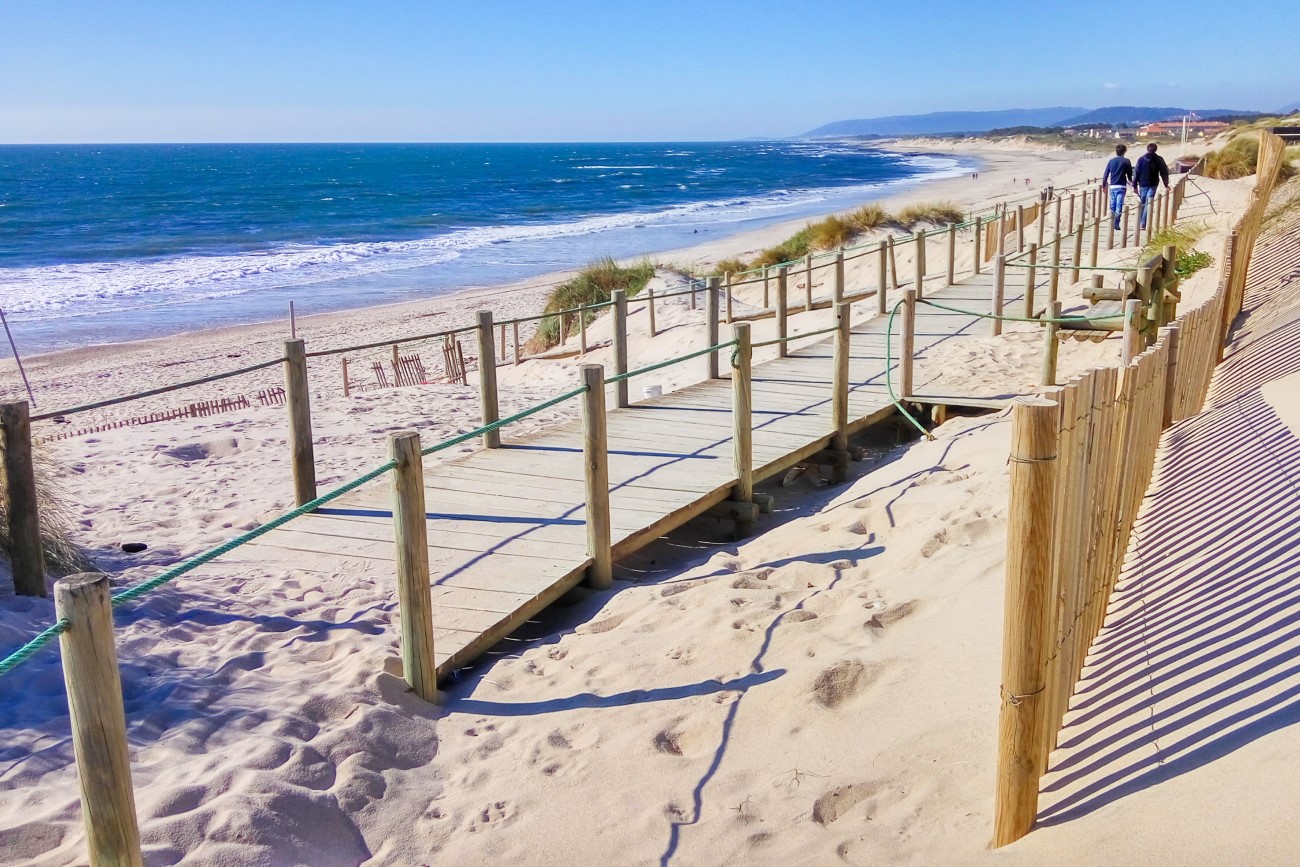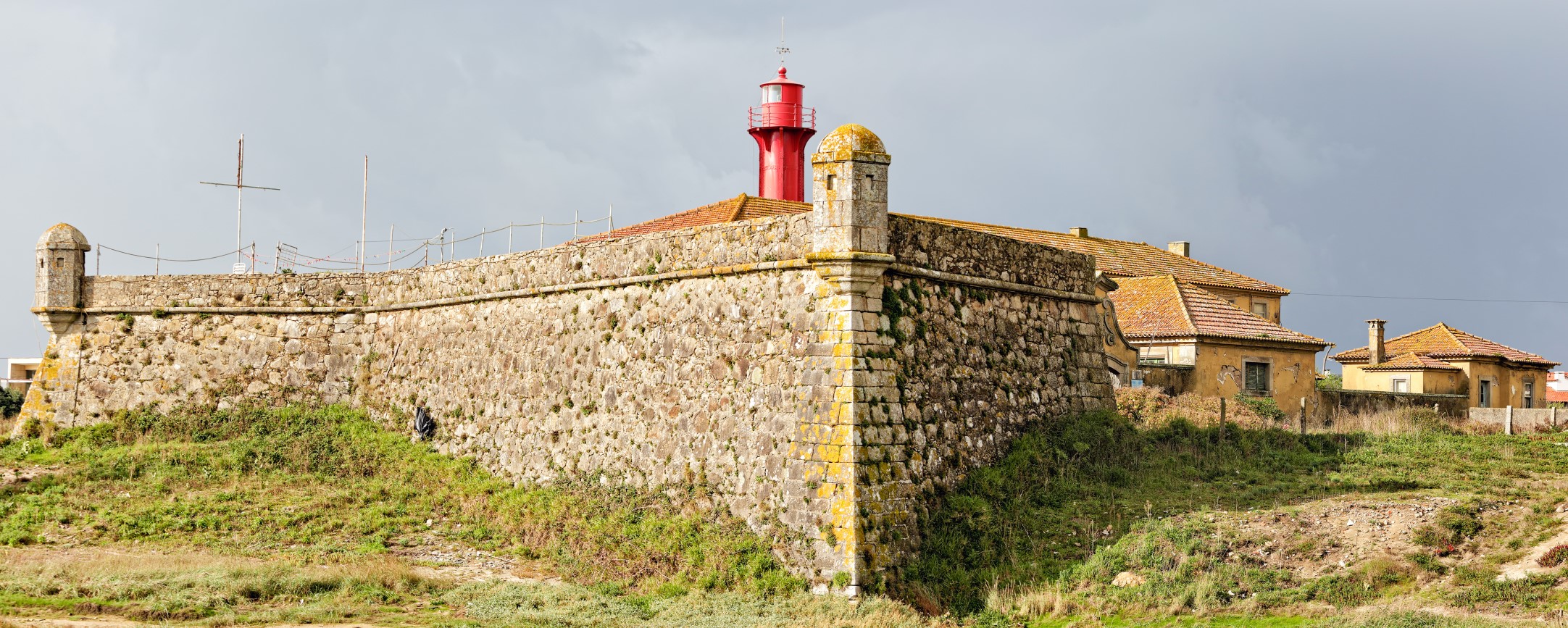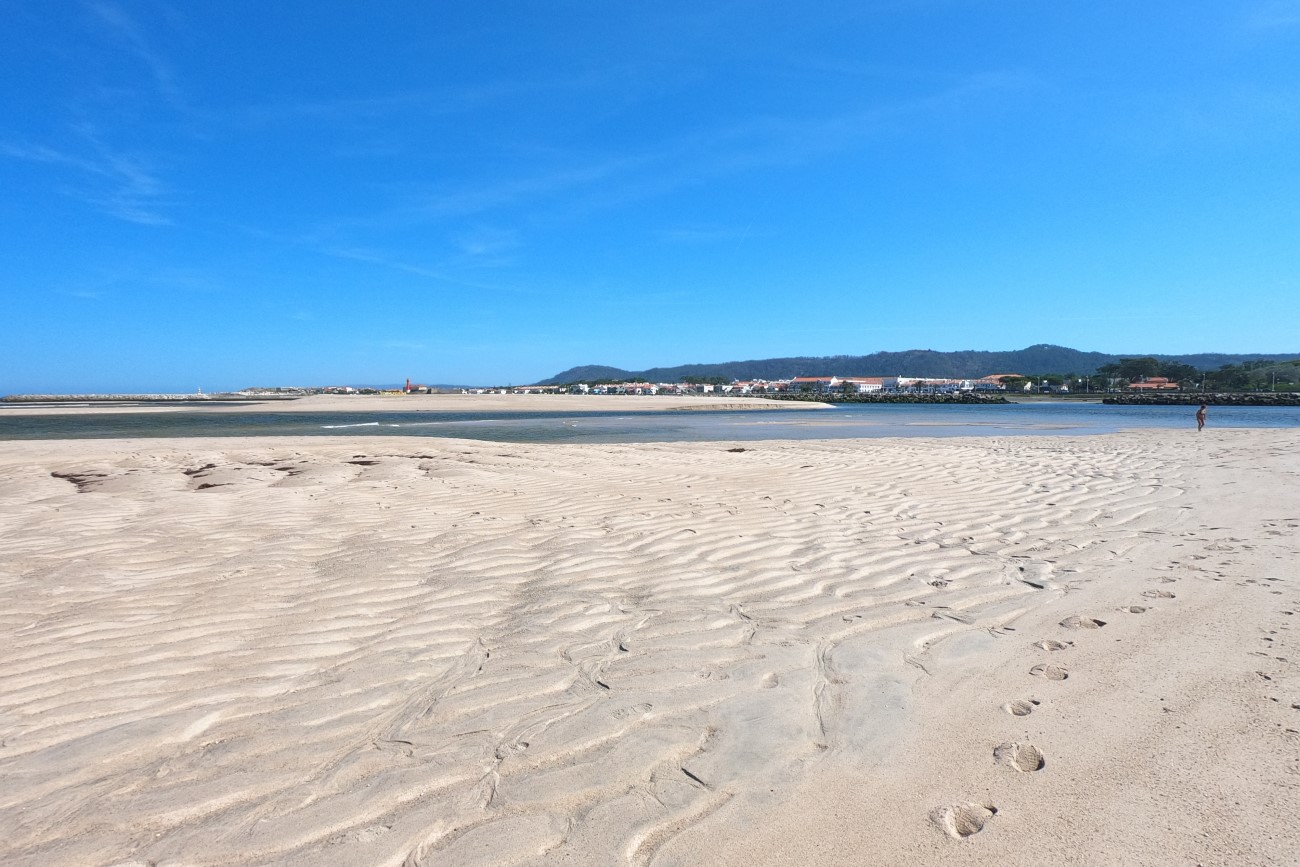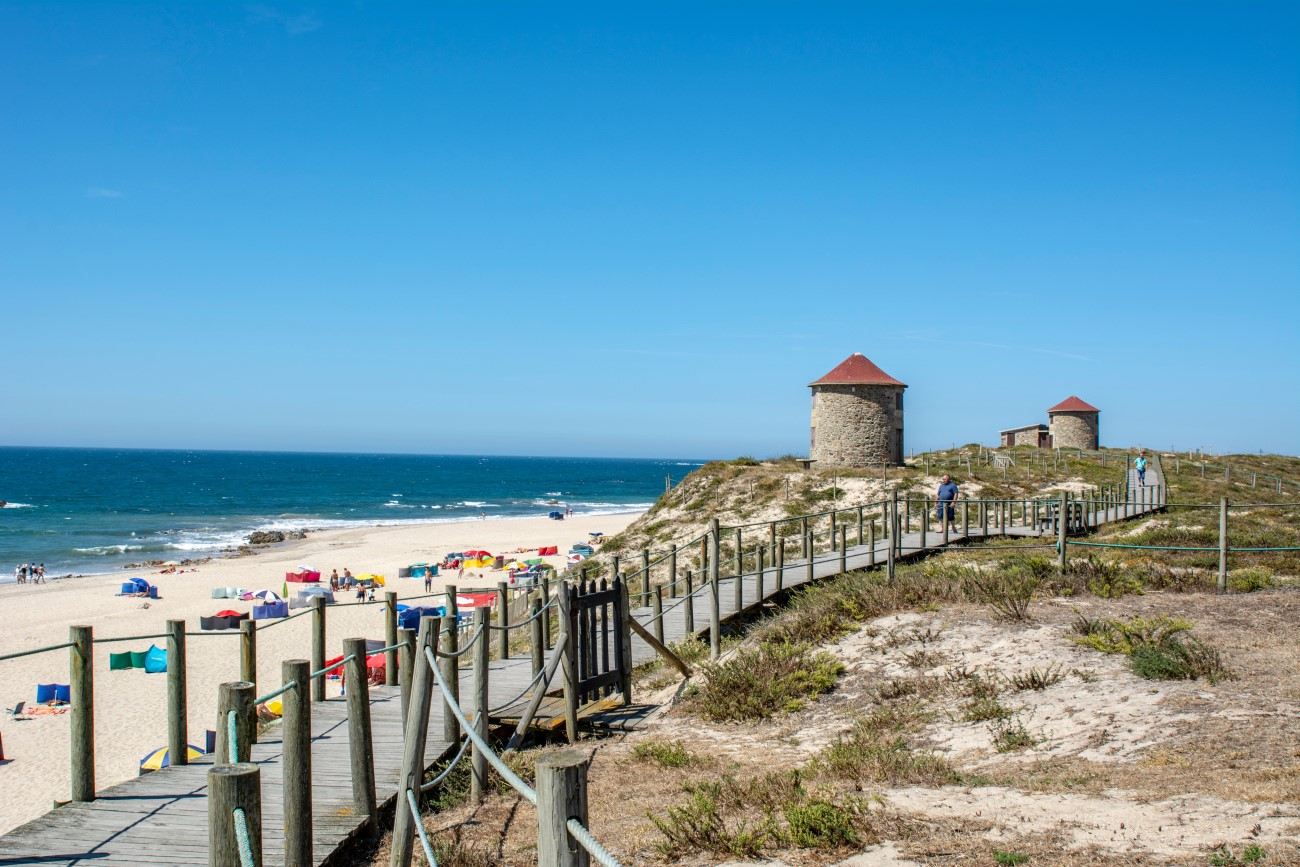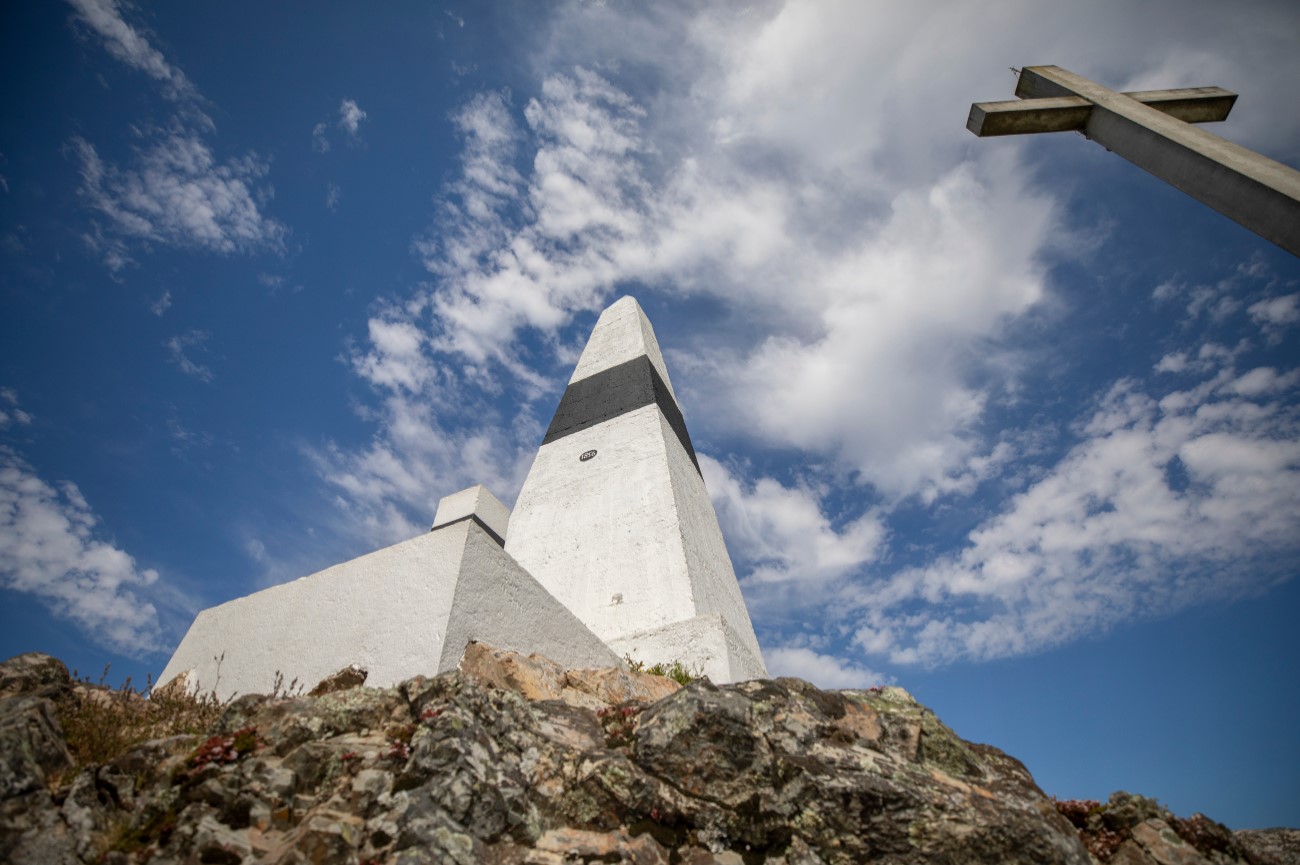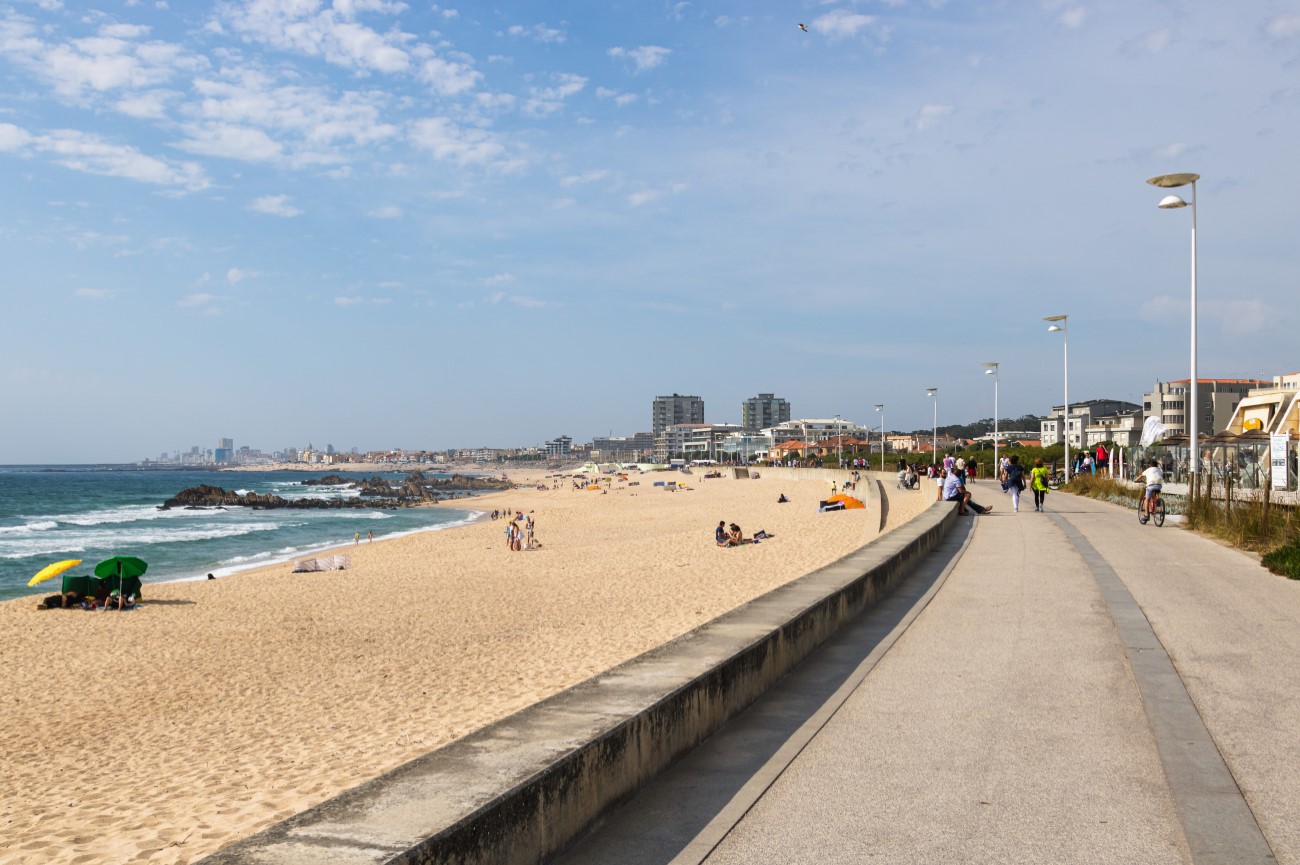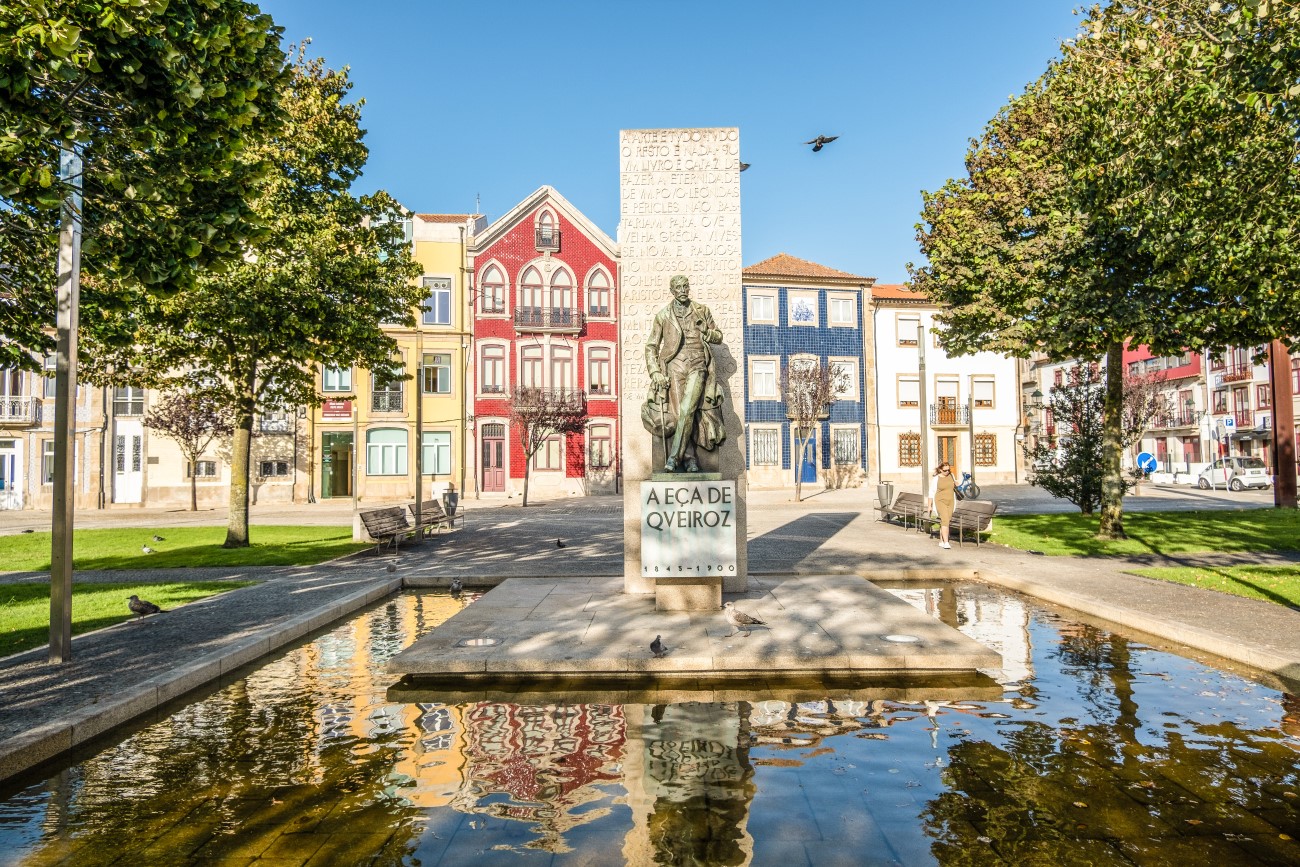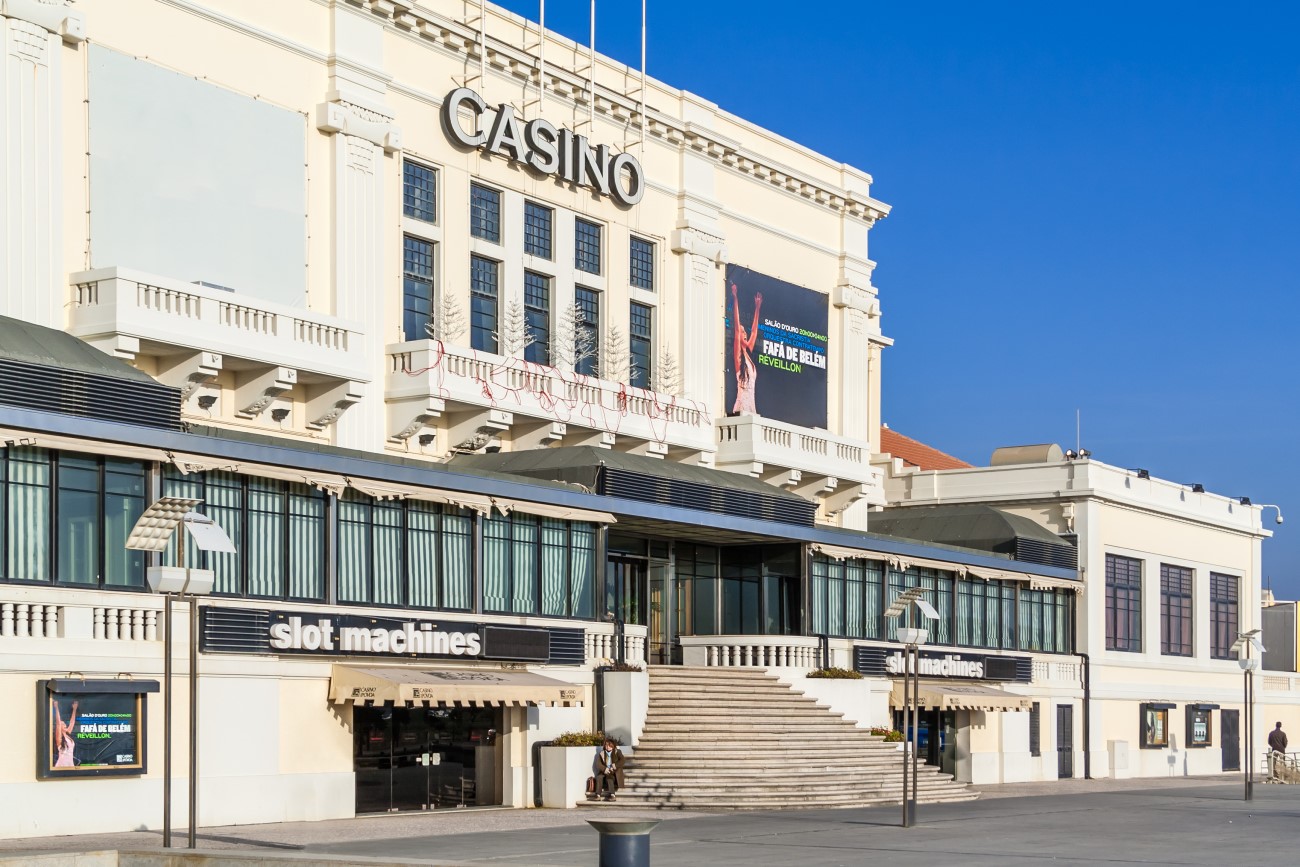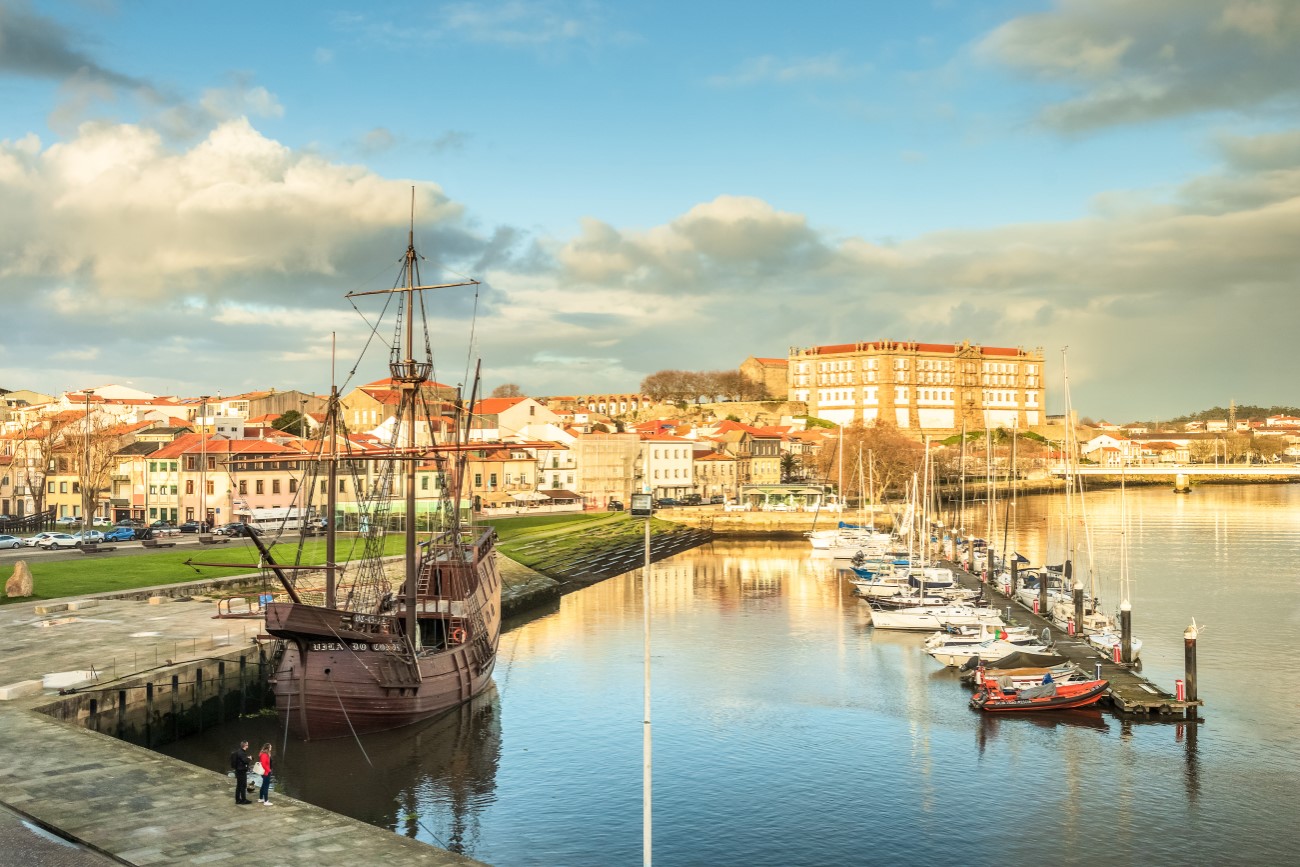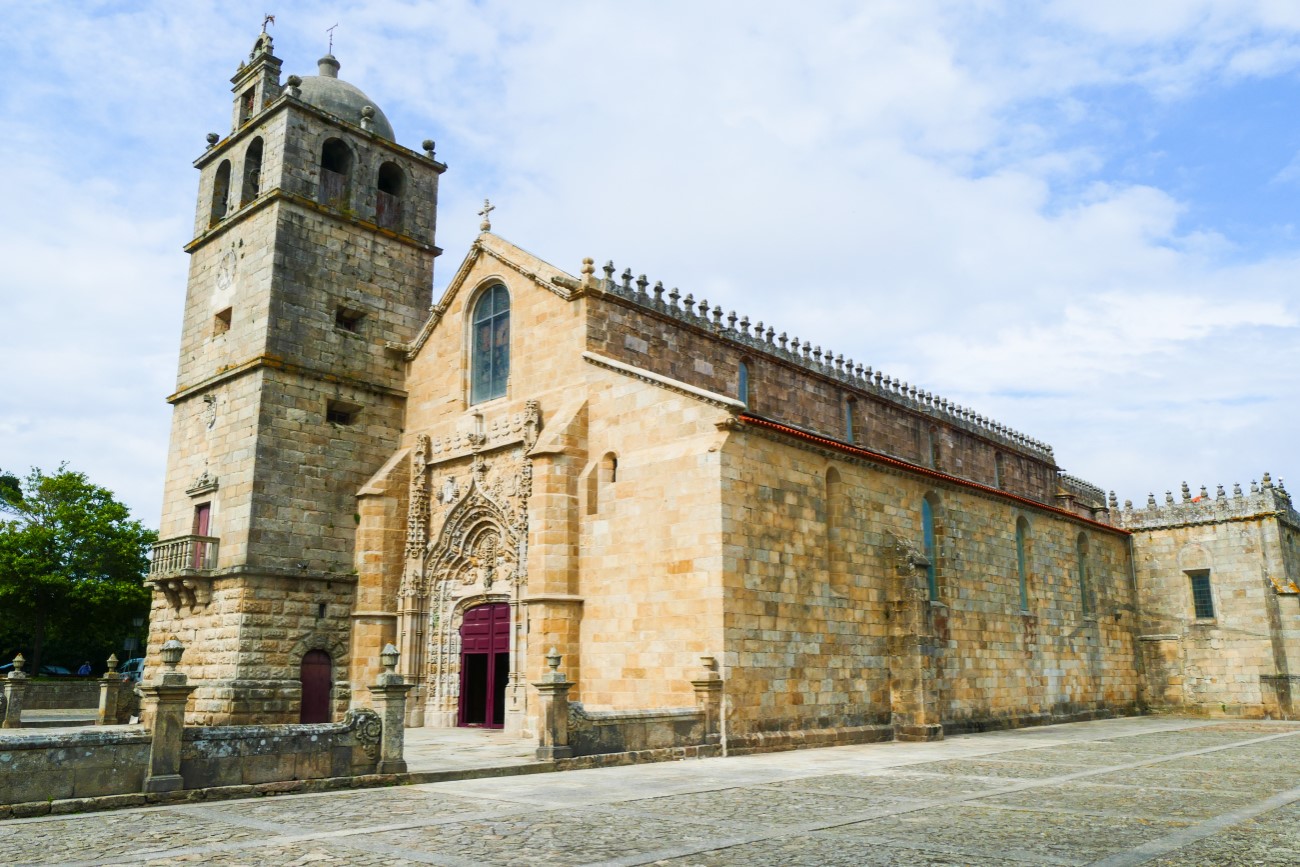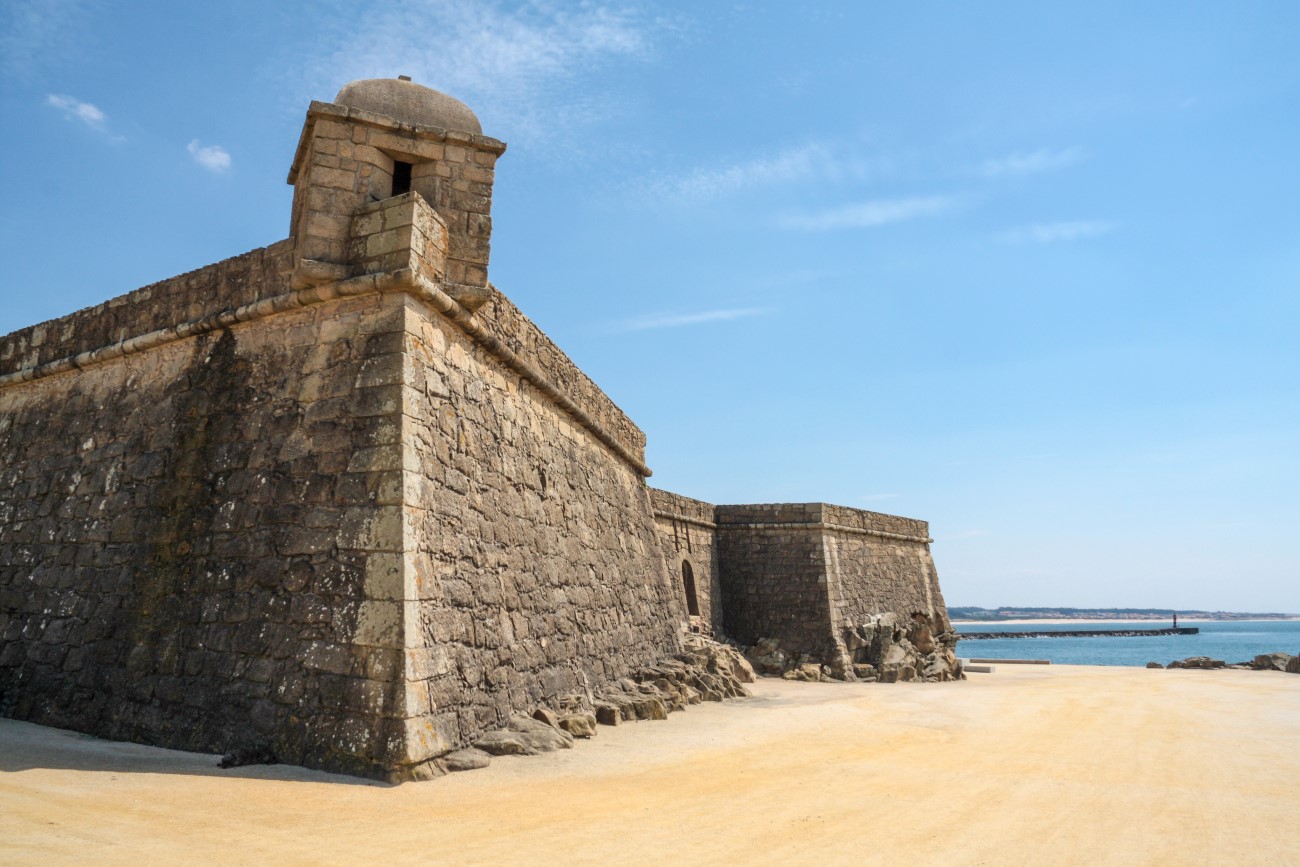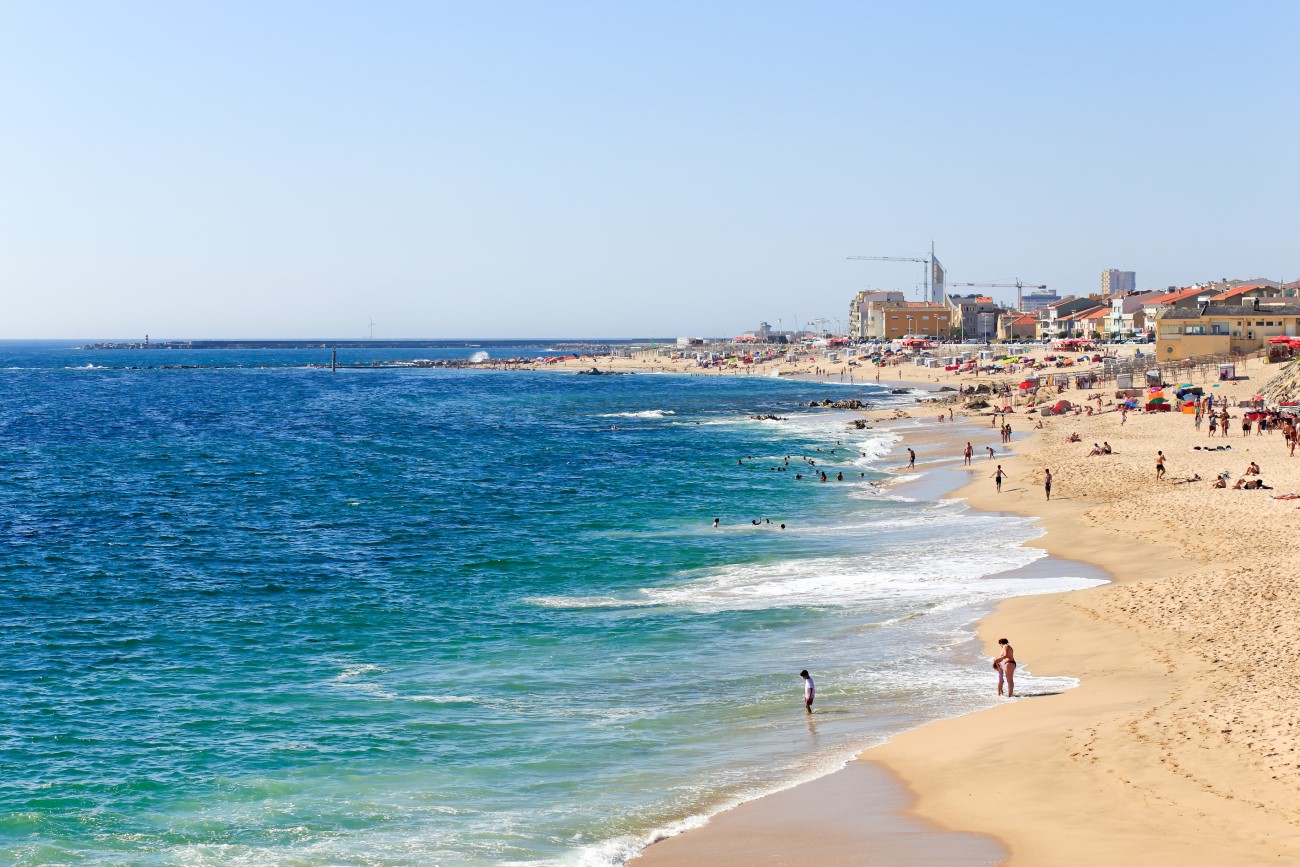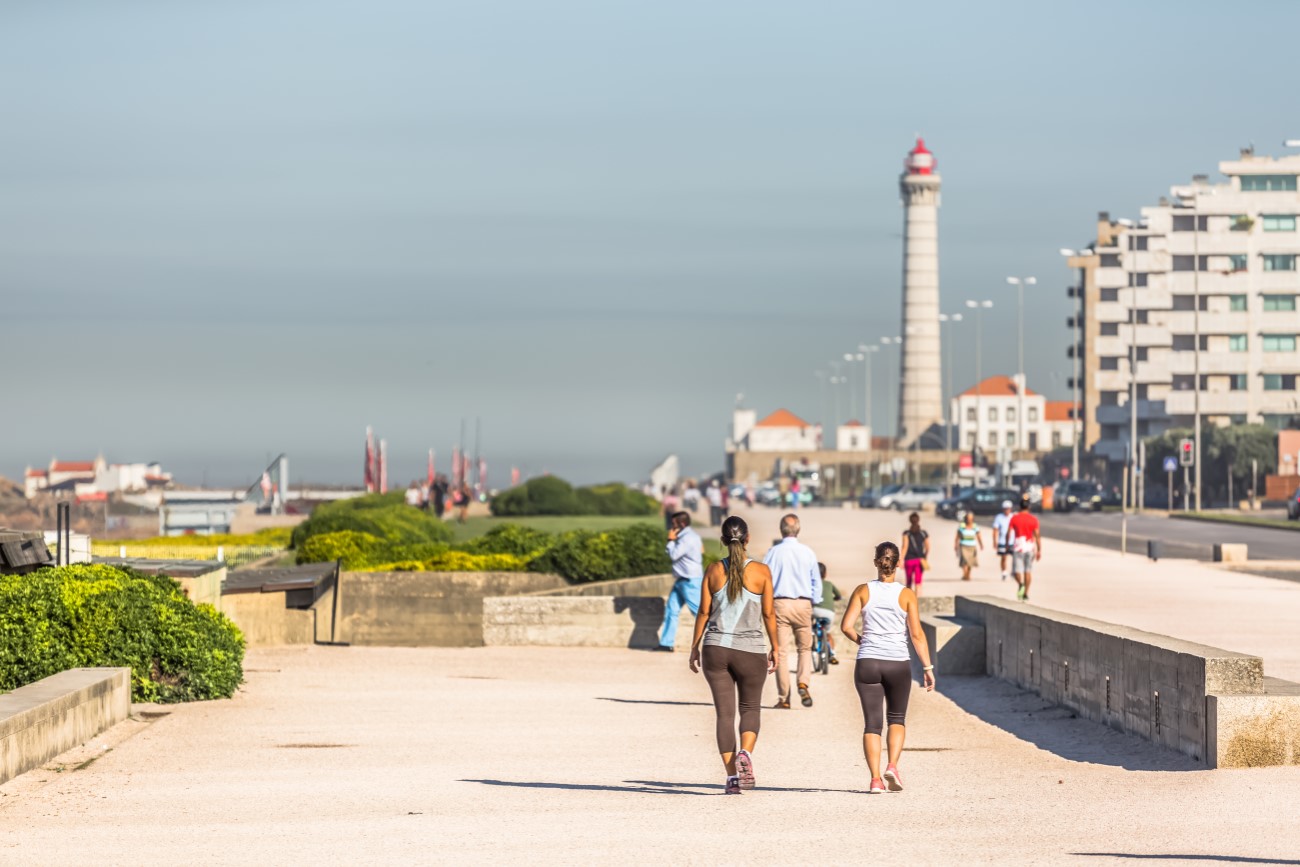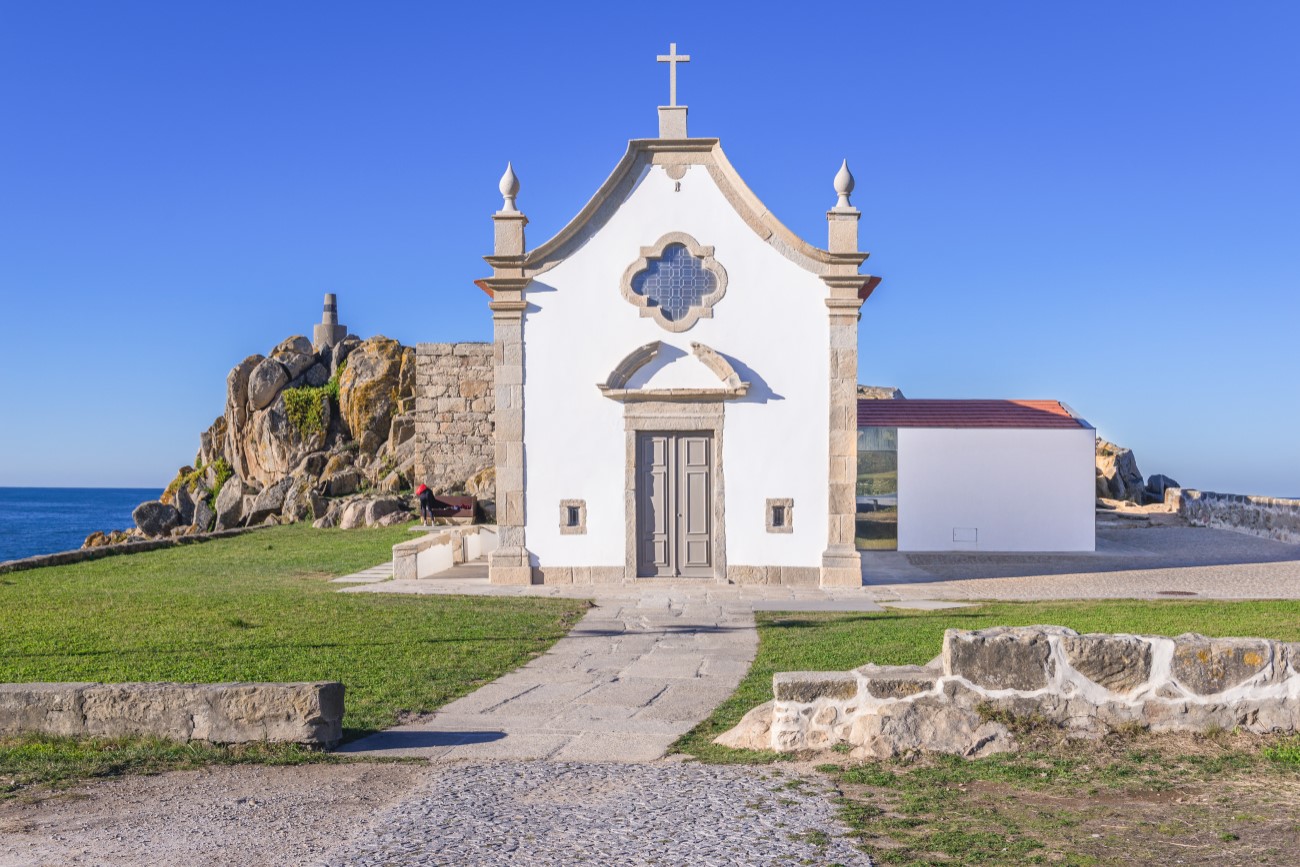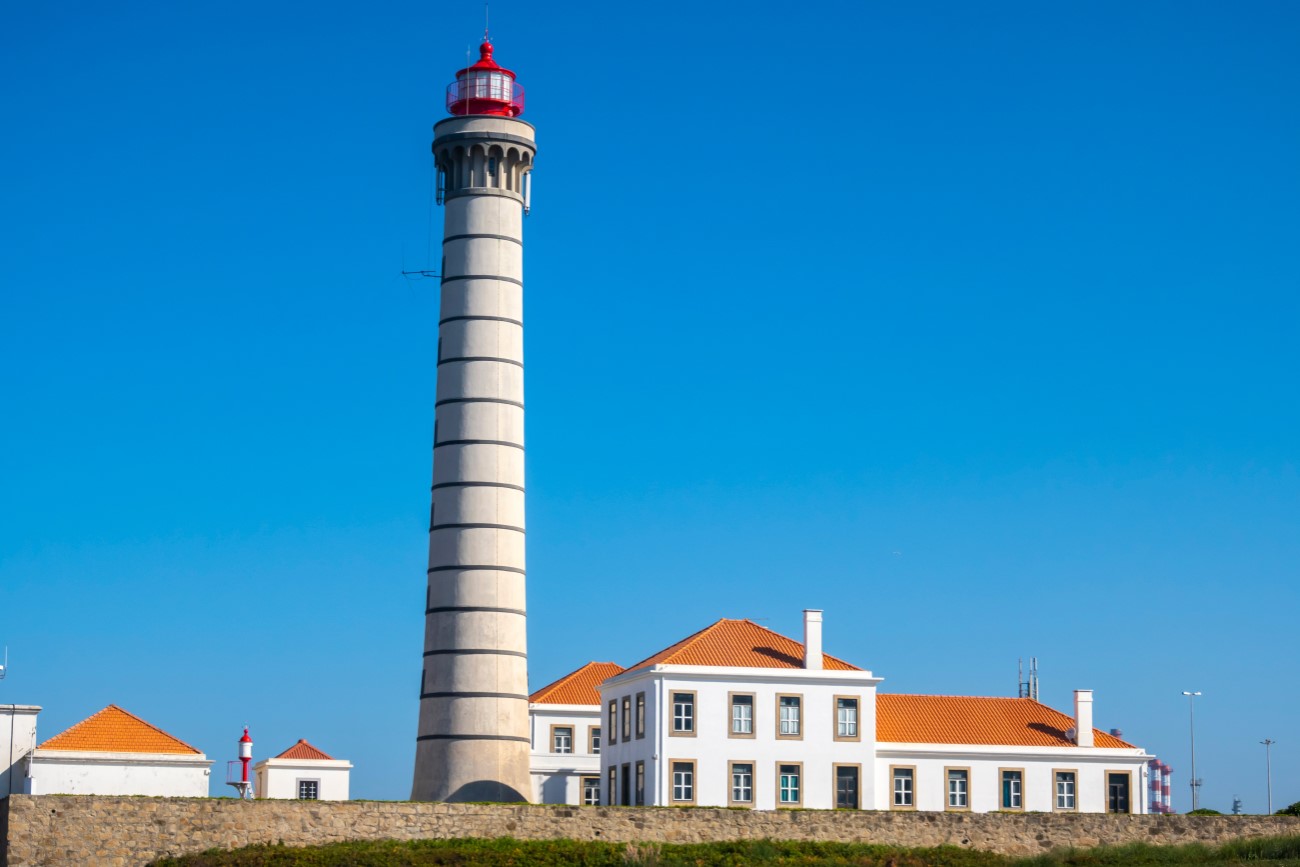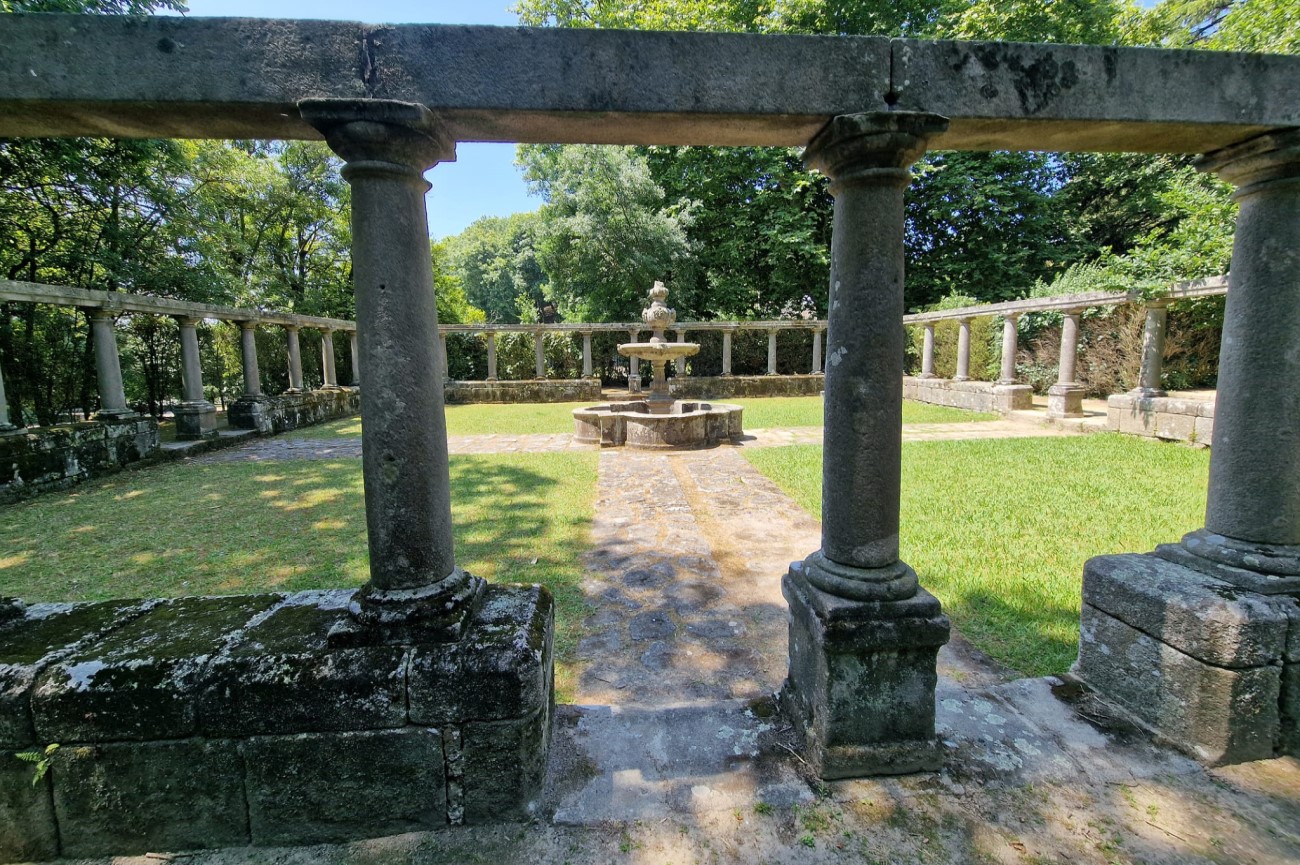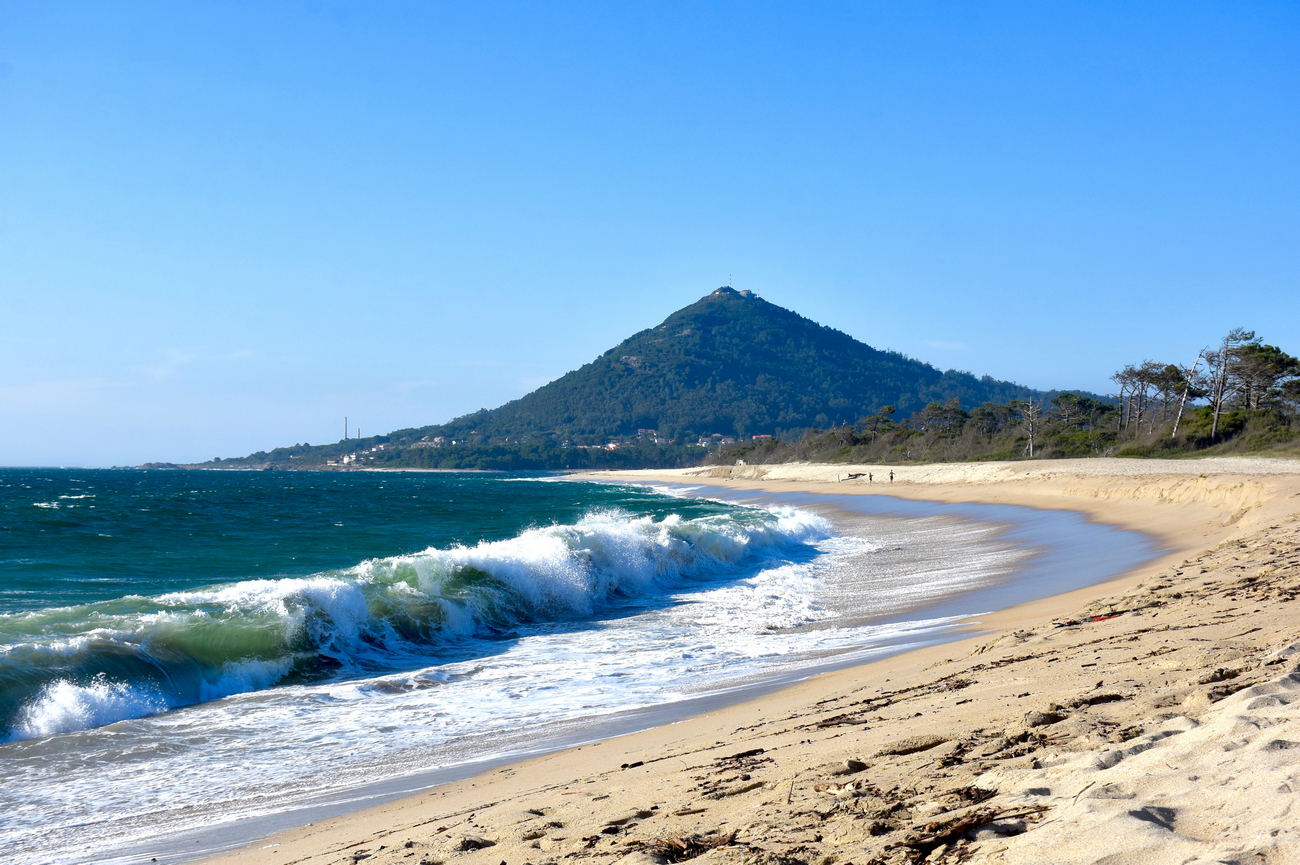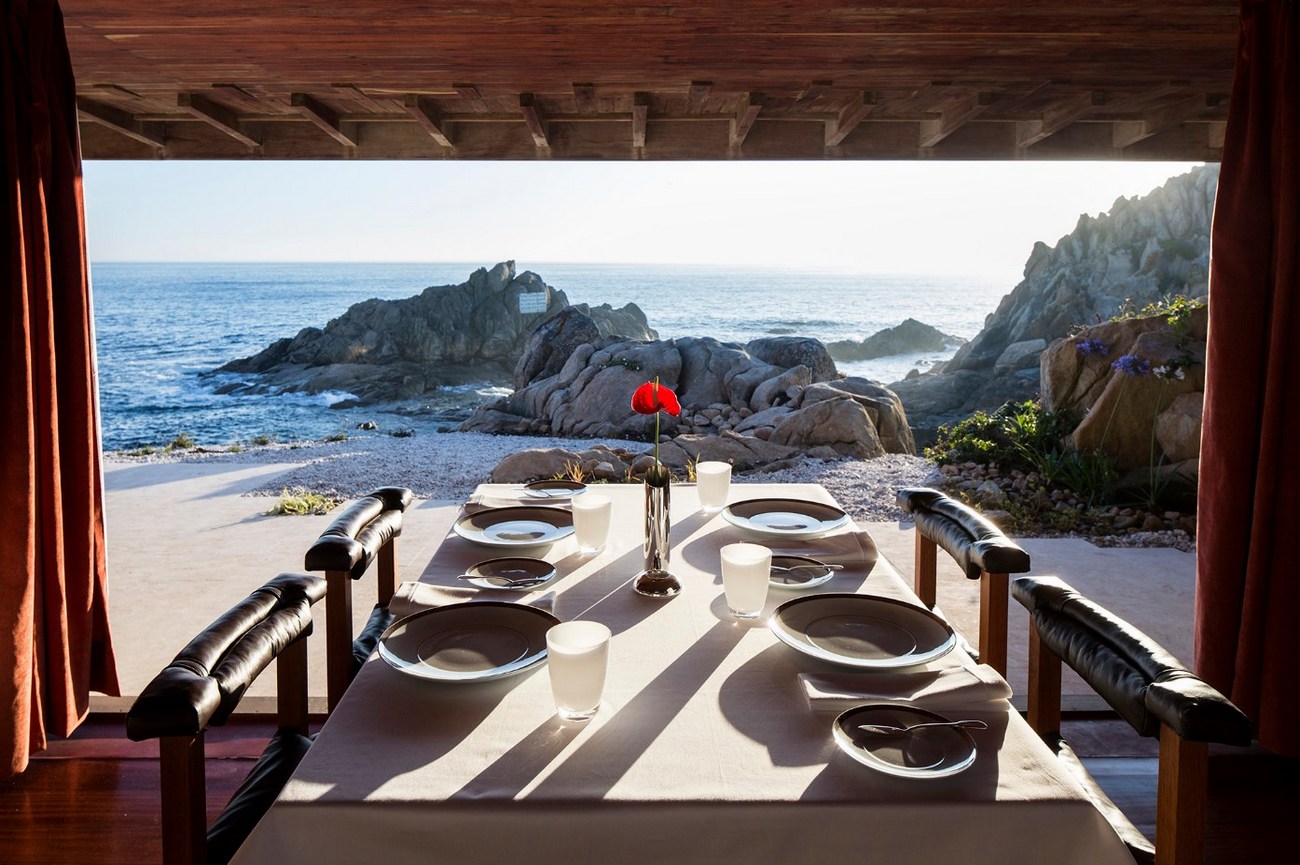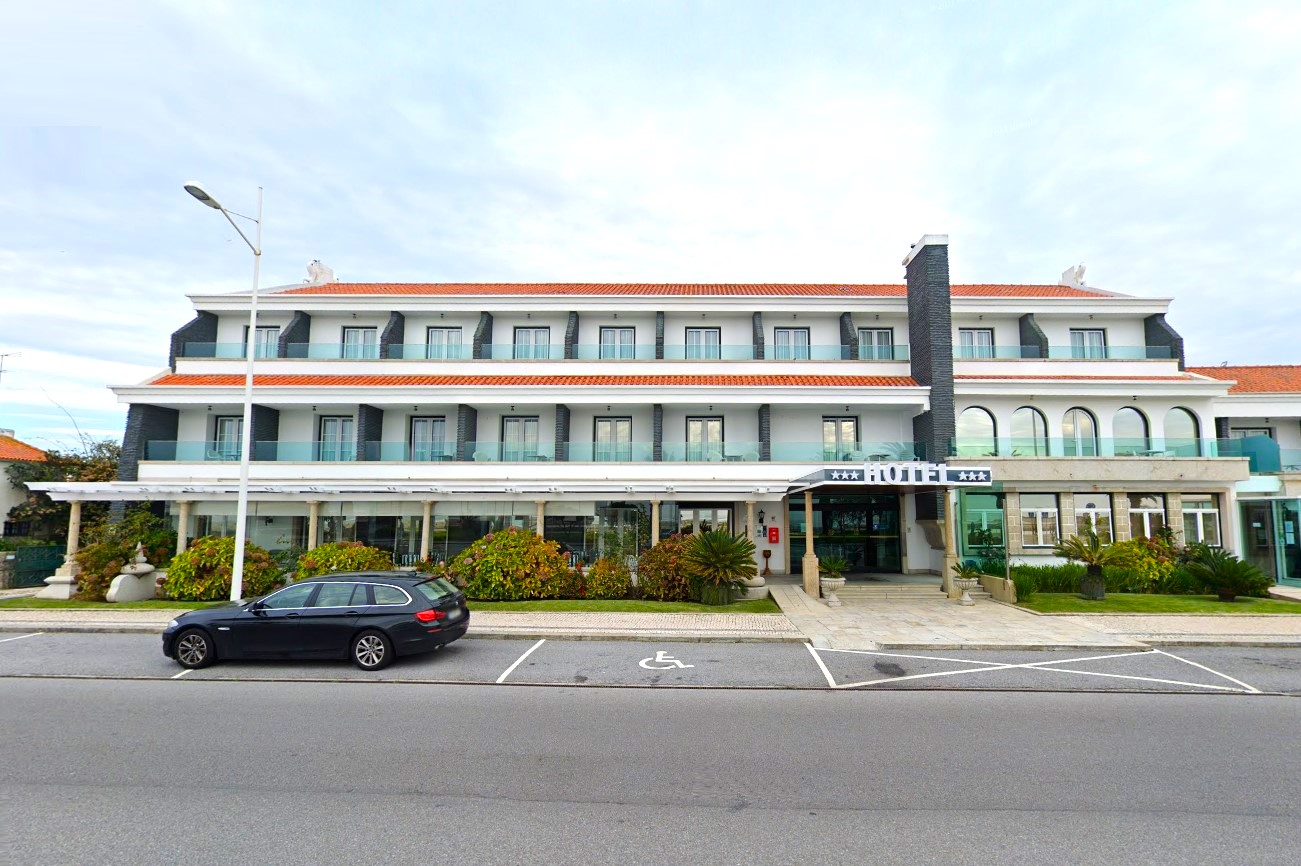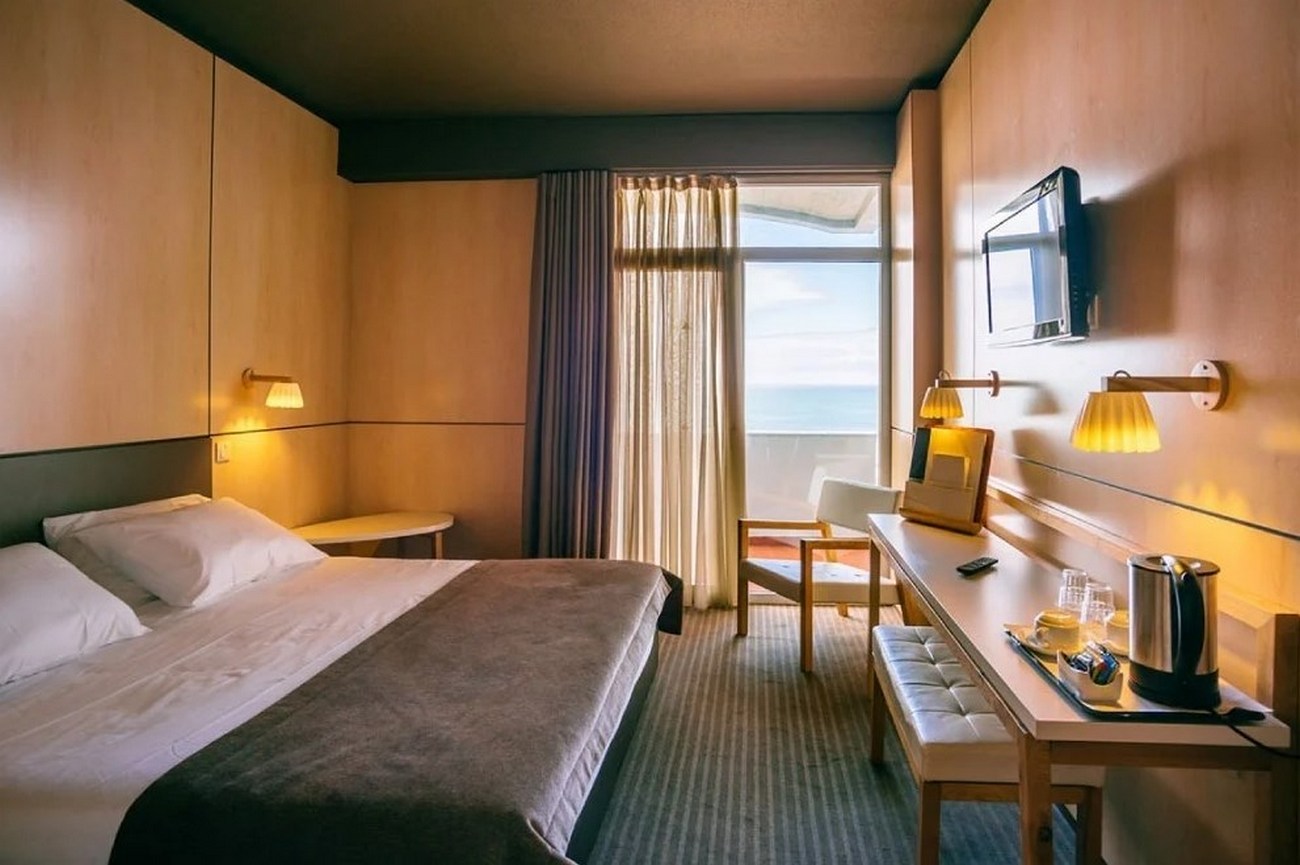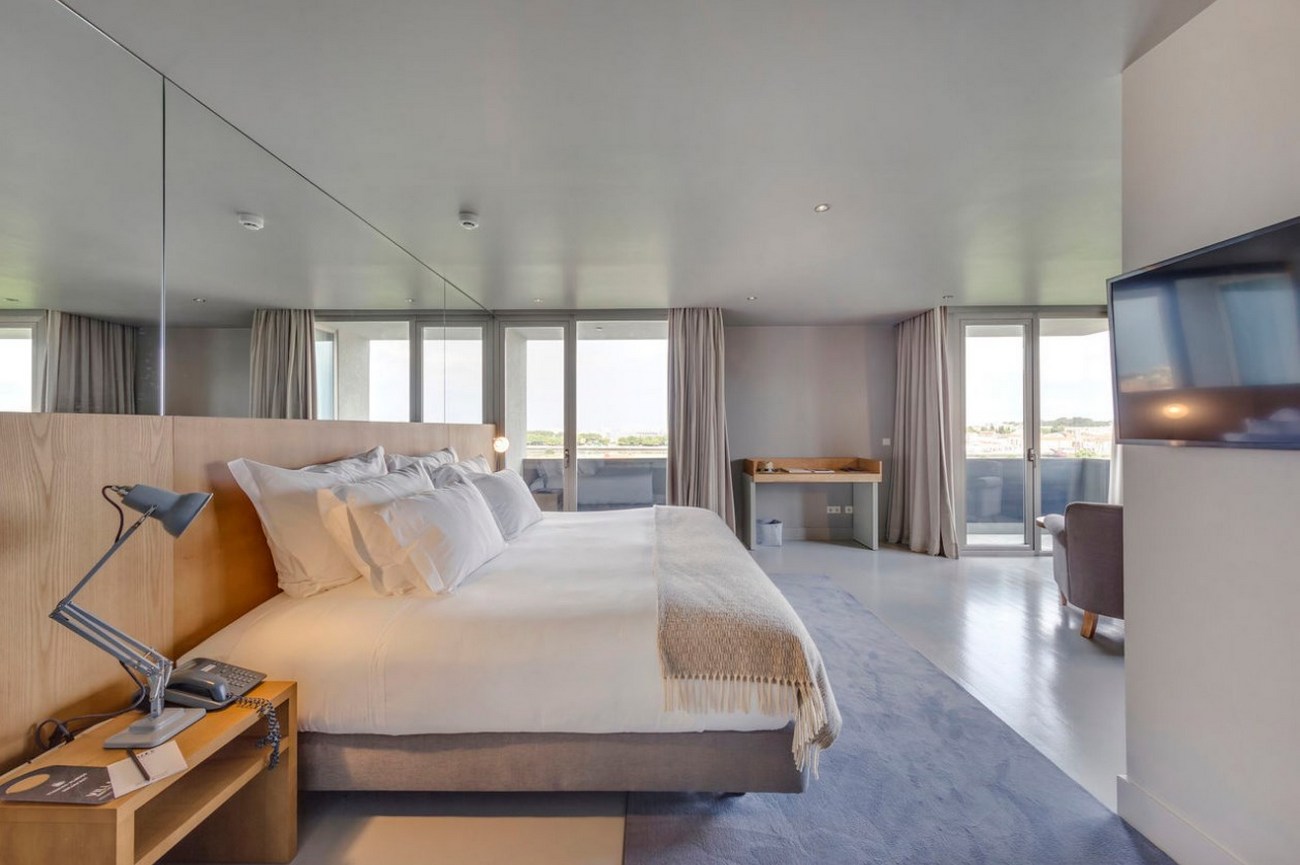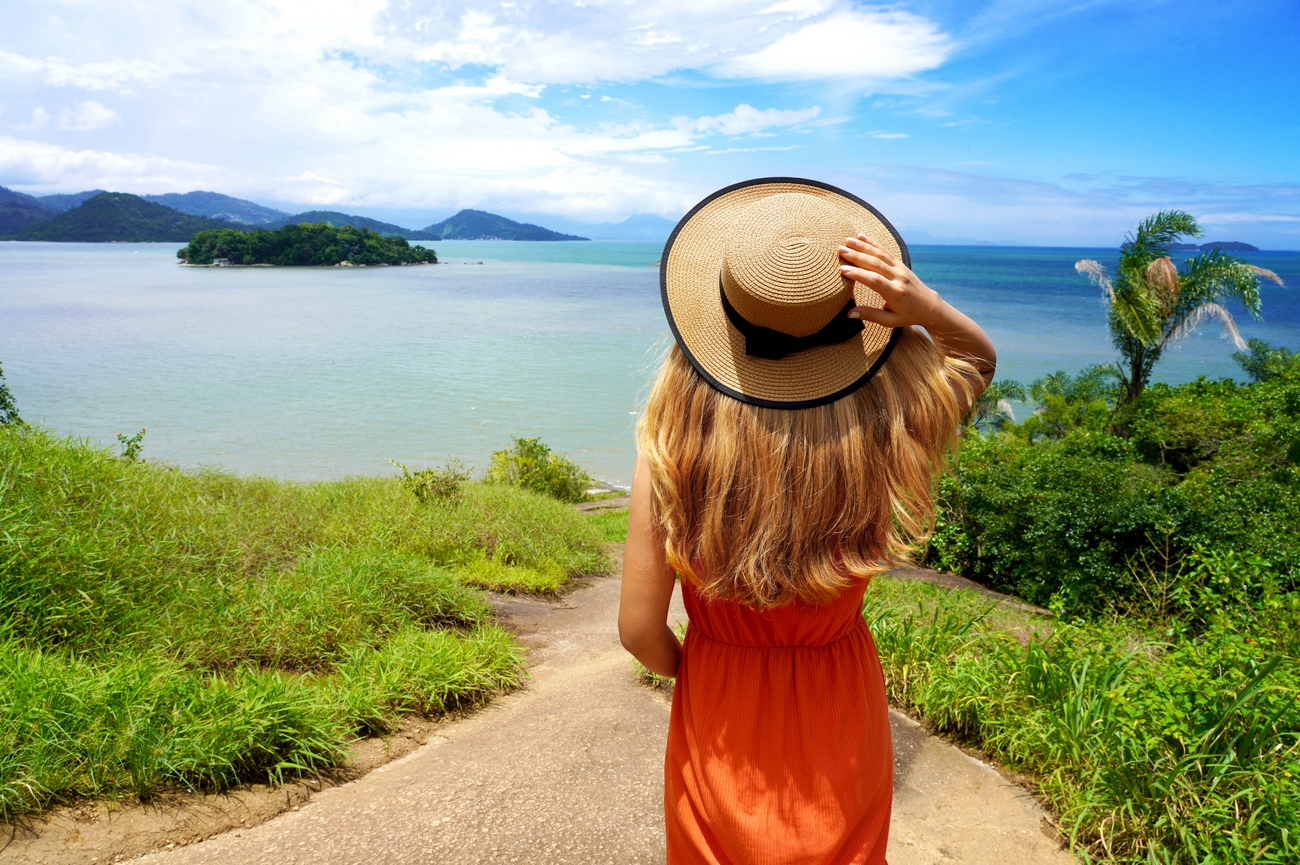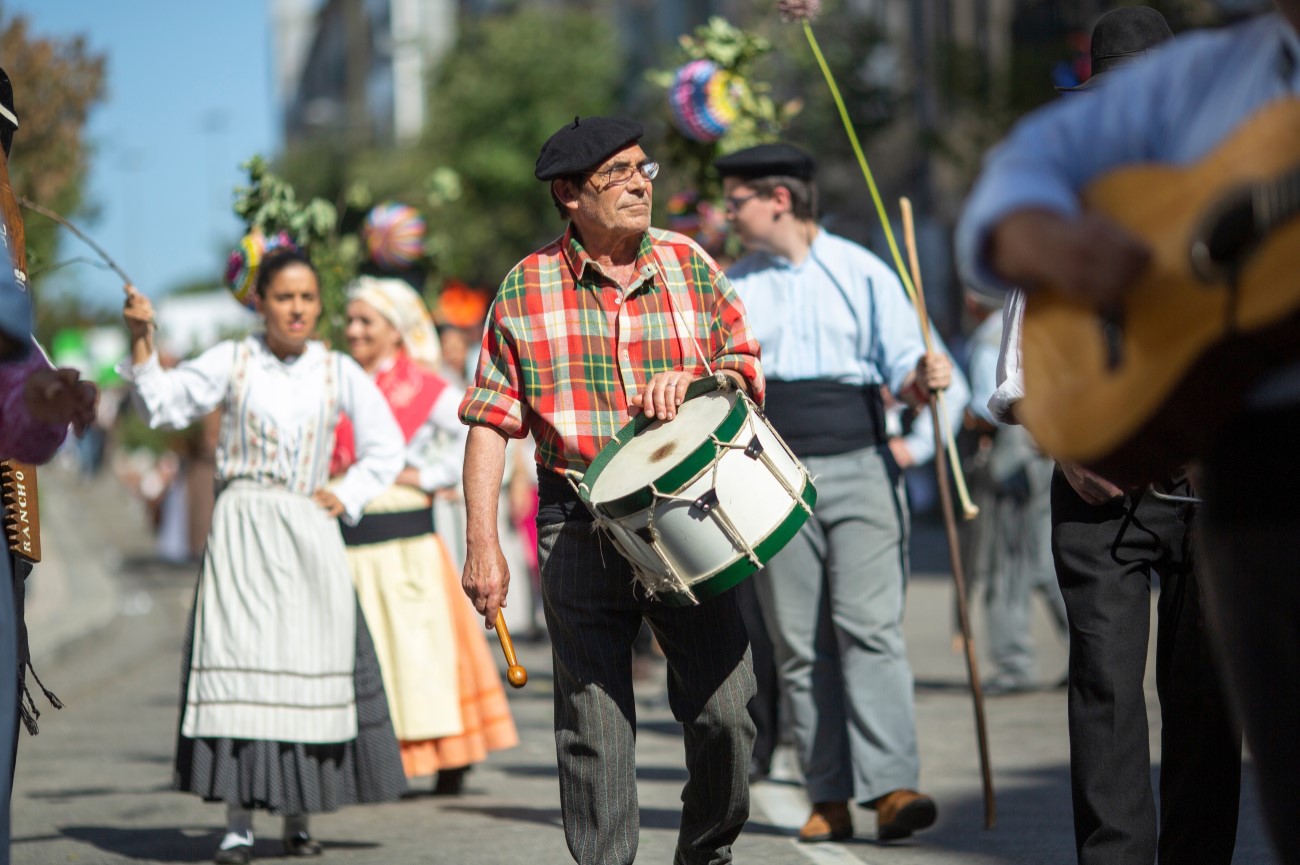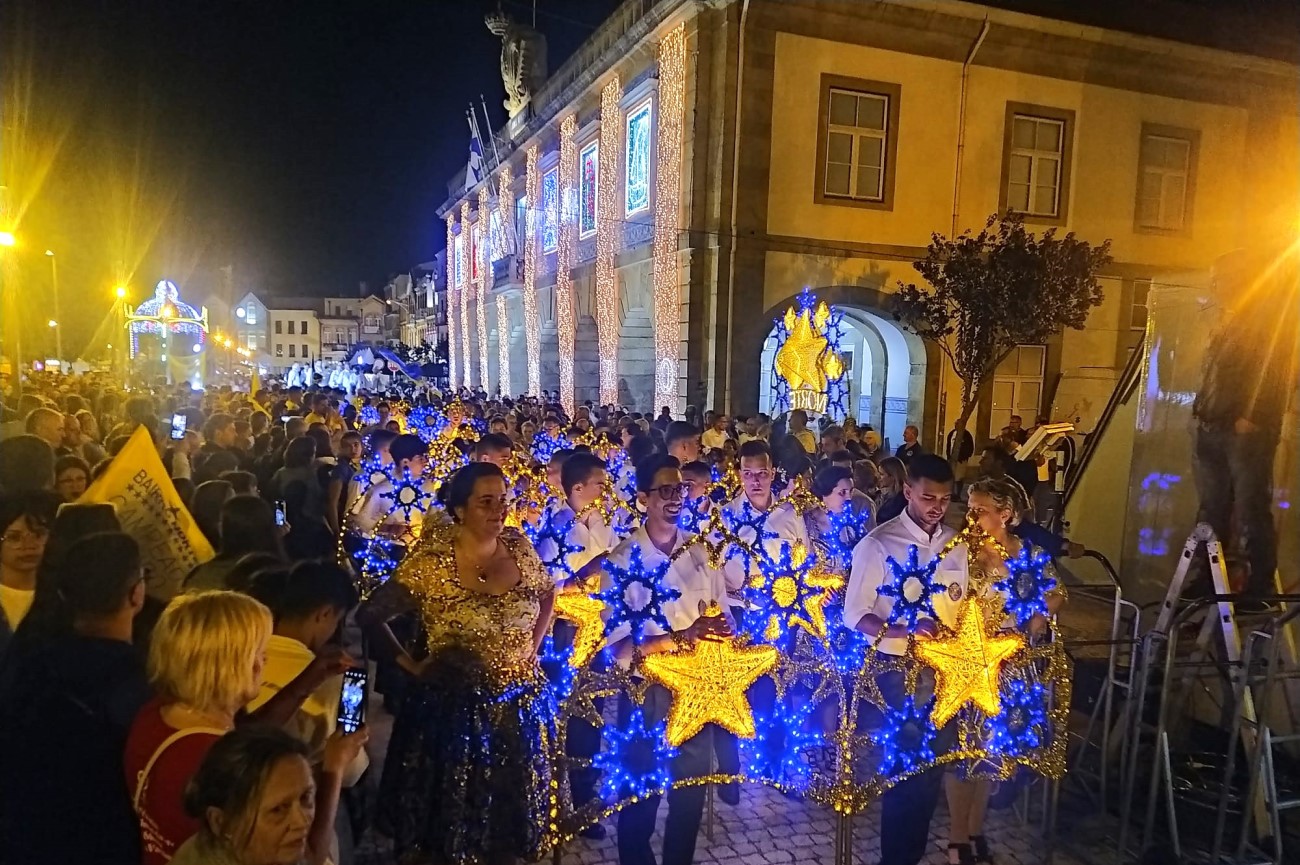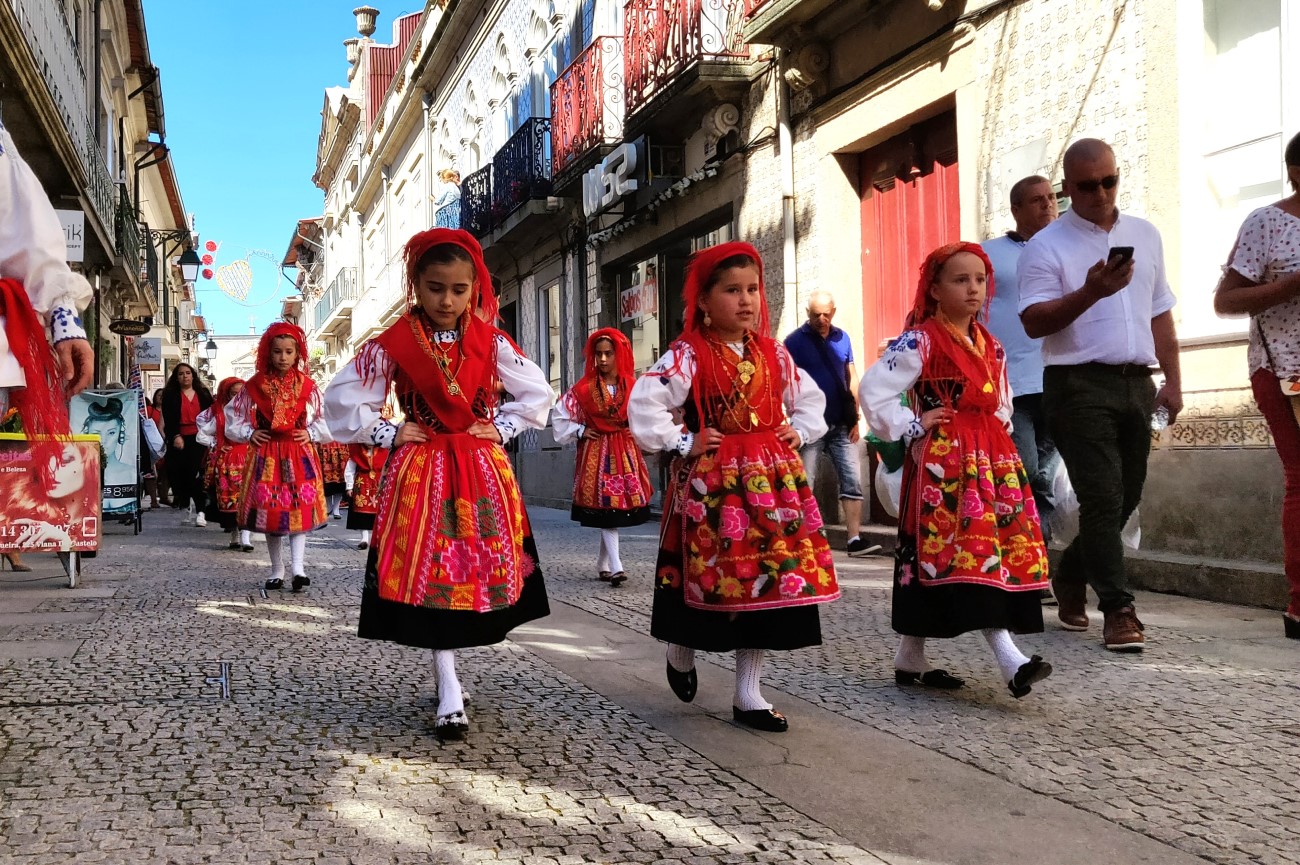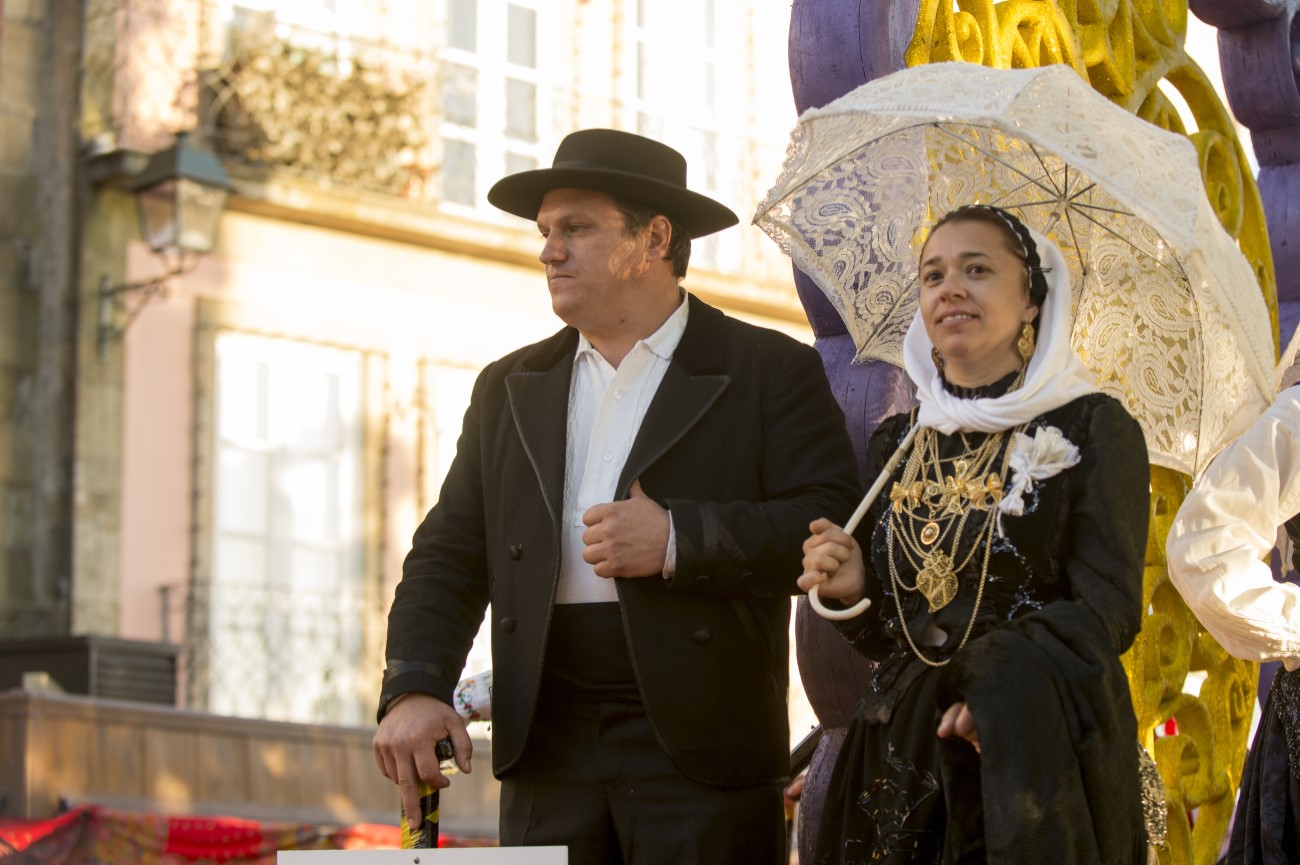What To Do In Costa Verde
Costa Verde (Green Coast) is a coastal stretch in the North of Portugal with pristine beaches fringed by pinewoods and valleys.
Many towns in this region are former fishing ports, such as Esposende and Póvoa de Varzim. But these days, it’s the beaches that lure most visitors here, as well as a casino and golf courses.
Summer is the best time to visit Costa Verde if you’re coming to the beach, but be warned—the water is pretty chilly around here. Still, the natural landscape makes up for it. Off-season, you can visit historical attractions, from Iron Age settlements to military fortresses and churches.
Below are a few things to do in Costa Verde, including the best beaches and attractions to see on your way from Viana do Castelo to Porto.
Esposende

About a 30-minute drive from Viana do Castelo is Esposende. Set on the banks of the Cávado River, it’s a charming resort town famous for its pristine coastline. You’ll find most of its beaches within the Parque Natural do Litoral Norte, a natural park with dunes placed between the river and the ocean.
Attractions in Esposende
On your way to the coast you can visit several monuments, starting with the Santuário da Senhora da Guia. Perched on a hill in the village of Belinho, this tiny shrine boasts incredible views of the mountains and the ocean.
Then head to Castro de São Lourenço, a fortified village dating back to the 4th century BC. Many houses are still intact, so you can imagine what it was like to live in that era. From the edge of the village, you can contemplate the river and the ocean below.
Beaches in Esposende
As you approach the coast of Esposende, the first beach you’ll find is Praia Suave Mar. Also called Praia do Esposende, it's one of the many beaches located within the Litoral Norte Protected Landscape. Backed by low sandy dunes, this beach offers a few cafés were you can stop for a drink.
From here, you can walk to the Forte de São João Baptista, a fortress built between the 17th and 18th century which overlooks the beach and the Cávado river.
There are a few other beaches in Esposende that deserve a visit such as Praia de Ofir, Praia da Apúlia and Praia da Ramalha. Praia de Ofir is popular among surfers, and there’s a surf school on site for those who want to learn the sport.
When the tide is low, you can spot the Cavalos de Fão, a natural rock formation rising amid the sea. Further down is the Praia da Apúlia, a large beach surrounded by dunes and old windmills that deserve a capture.
Praia da Ramalha is a bit calmer and offers plenty of space to practise beach volleyball or football.
If you’re visiting Esposende in the winter or prefer to swim in warmer waters, you can head to the Piscinas Foz do Cávado. This public pool complex features two seasonal outdoor pools and an indoor pool open all-year-round. It releases waves every hour, making you feel like you’re in the ocean.
You can also take the opportunity to wander around the natural park itself. Follow the trails on foot or rent a bike and enjoy the views of the landscape. Keep your eyes open as you might spot herons or otters, especially near the river.
Esposende Itinerary Map
Póvoa de Varzim

From Esposende, headed south to Póvoa de Varzim. This fishing town has been welcoming visitors to its beaches since at least the 19th century. Once sought-out for its curative seaweed, Póvoa de Varzim has transformed into a modern city entertaining tourists with its casino and golf course.
Before you reach the city, you can pass by Monte de São Félix, the highest hill of Póvoa de Varzim at 202 metres high. Up here, there’s a sanctuary, windmills and the ruins of a pre-Roman village. A long stairway leads the way to the top, but you can also drive here. Whichever way you go, you can expect fantastic views over the town and its woods.
Beaches in Póvoa de Varzim
Stretching for around 10km, the coast of Póvoa de Varzim features a series of glorious beaches. In the north is Praia do Quião, a quiet stretch with white sands and rocky outcrops emerging near the water. Close to the centre is Praia da Salgueira, an urban beach that attracts many local surfers and bodyboarders. After that, comes Praia do Carvalhido, a small sandy bay occupied by striped beach tents in the summer. Then there's Praia Redonda, a popular choice among families living in the North of Portugal. Behind these last three beaches is the Avenida dos Banhos, a long promenade with plenty of cafés and restaurants.
Attractions in Póvoa de Varzim
After touring the beaches, you can explore some of the city’s main landmarks. Set between the beaches and the harbour of Póvoa de Varzim is the Painel dos Azulejos, an impressive tile panel designed by Fernando Gonçalves in 2004. It includes scenes from the city's past focusing on its fishing traditions.
Nearby is the Fortaleza Nossa Senhora da Conceição, a military stronghold dating back to the 18th century which protected the city from invaders. Inside the fortress are now two restaurants which provide great sea views.
Praça do Almada is the city's central square, framed by colourful buildings and historical sites such as the town hall, a 16th-century pillory and a statue of the famous Portuguese writer Eça de Queiroz.
You can also pay a visit to the casino or spend some time at the nearby golf course. Open since the 1930s, Casino da Póvoa offers many gaming facilities, as well as a restaurant, four bars and a theatre which hosts several events throughout the year. Golf fans should drive up to the Estela Golf Club, a links golf course with 18 holes overlooking the ocean.
Póvoa de Varzim Itinerary
Vila do Conde

Following Póvoa de Varzim, you can continued down to Vila do Conde. Standing amid the ocean and the Ave River, this coastal city has a fascinating maritime history. Back in the Age of Discovery, it was a ship building port, and visitors are reminded of this today when visiting its museums. Of course, most people head here for the beach, and there a plenty of those too. Even if you don’t have a car, you can take the metro directly from Porto.
Attractions in Vila do Conde
On your way to the city you’ll spot the Aqueduto de Santa Clara, a 17th-century aqueduct which connects Póvoa de Varzim to Vila do Conde. Attached to this monument is the Convento de Santa Clara. Founded in the 14th century, it was among the largest feminine convents in Portugal. You can still see its original Gothic structure with its granite walls and crenellated roof, but there's also a newer section built in the 18th century.
A few minutes away from the convent is the Casa Museu José Régio. This house was owned by José Régio, a prominent Portuguese writer during the 20th century. Now converted into a museum, it's worth exploring its rooms decorated with ceramics, religious art and antique furniture.
From there, you can walk to the Igreja Matriz, the city's parish church. Built between the 15th and 16th century, it's one of the most striking buildings in Vila do Conde. The outdoor façade stands out with its carved doorway, typical from the Portuguese Gothic architecture, while the interior is mostly Baroque.
Nearby is the Museu da Rendas de Bilros, a museum which showcases traditional lacework from this region and the tools used to produce it.
For a look into the city's maritime history, you can visit the Museu de Construção Naval or hop on the Nau Quinhentista. The first one is a museum dedicated to the city's shipbuilding industry. The second is a replica of a 16th-century vessel which rests by the river.
Follow the river, and you'll soon end up at the Capela de Nossa Senhora da Guia. This tiny whitewashed chapel dates back to the 17th century and hides a rich interior with fresco ceilings, tiled walls and a marble altar.
Not far from the chapel is the Forte de São João Baptista, a 17th-century fort with a unique pentagonal shape rising amid the sand. For centuries, it was a strategic defence point protecting the city from pirate attacks, but in the 1980s it became a boutique hotel. Even if you're not staying here, you can still climb the walls and relish the views over the river and the ocean.
Beaches in Vila do Conde
Most beaches in Vila do Conde are located north of the river. These include Praia do Forno and Praia Azul. Praia do Forno is the closest one to the city centre, and it's where you'll find the imposing Forte de São João Baptista. Next to it is the Praia Azul, which offers perfect conditions for surfing. Running behind the beach is the Marginal Atlântica, a promenade that stretches up to Póvoa de Varzim.
South of the river are more remote beaches like Praia da Azurara. Protected by dunes, this white sandy beach extends for several kilometres, so there's always somewhere to lie down.
Vila do Conde itinerary Map
Leça da Palmeira

Lastly, you can stop at Leça da Palmeira. Part of the Porto district, this seaside town is famous for its striking architecture and beaches.
Driving down from Vila do Conde, the first beach to come up is Praia do Aterro. Surrounded by lush vegetation and with a vast sandy stretch, it's the perfect place to relax. Just next to it is Praia Azul. Also known as Praia da Conchinha, this small bay is surrounded by rocky outcrops. To the left of the beach, standing on a headland, is the Capela da Boa Nova, a 14th-century chapel that once belonged to a Franciscan monastery. The interior is pretty low-key, but the ocean views outside are worth capturing.
Contrasting with the chapel is the Casa de Chá da Boa Nova, a Michelin-star restaurant housed in a beautiful contemporary building designed by Portuguese architect Siza Vieira. Close by is the Farol da Boa Nova, one of the tallest lighthouses in the country, established in 1926.
Head further south, and you’ll soon be at the Praia Leça da Palmeira. This beach has a long sandy stretch, which goes all the way to the marina, making it the closest beach to the town centre. There are two cafés on the beach and many more in the surrounding area. One of the highlights of this beach is the Piscinas de Marés, two saltwater pools rising from the rocks also designed by Siza Vieira. Its calm waters are ideal for families with kids. Near the beach is the sturdy Forte Leça de Palmeira, a 17th-century fortress that now houses the offices of Porto de Leixões.
Finally, you can stop at the Parque da Quinta da Conceição. This public park was once home to a Franciscan convent, and you can still see the remains of this as you wander through its leafy paths today. The roofless cloisters, the stone fountains and the vine-covered Manueline doorway are a few elements that you can’t help noticing when you visit.
If you’re interested in exploring more in Costa Verde, you can check our guides about Viana do Castelo, Porto and Aveiro.
Leça da Palmeira Itinerary Map
Things to do with kids in Costa Verde
Costa Verde offers a range of activities for families. Most of the cities on this stretch have a beach where kids can go for a swim or build castles in the sand. Popular options for families include Praia de Moledo (Viana do Castelo), Praia da Apúlia (Esposende) and Praia Redonda (Póvoa de Varzim). You can also take advantage of the saltwater pools in Leça da Palmeira or enjoy the artificial waves at Piscinas Foz do Cávado.
In addition to the beaches, you can follow many coastal trails, especially around the Parque Natural do Litoral Norte. Each city also has a public garden or park where kids can roam free, like Parque da Quinta da Conceição in Leça da Palmeira.
Finally, you can explore historical attractions like the fortified village of Castro de São Lourenço (Esposende), the windmills in Monte de São Félix (Póvoa de Varzim) or hop aboard the Nau Quinhentista, a 16th-century vessel docked in Vila do Conde.
Where to eat in Costa Verde
- Foz do Cávado (Esposende): Set along the city’s waterfront, this restaurant serves traditional Portuguese dishes. Specialities include the posta (a thick piece of veal steak) and the arroz de tamboril e gambas (monkfish and prawn rice).
- Bodegão (Póvoa de Varzim): Open in 2000, this cosy restaurant is a classic dining spot in Póvoa de Varzim. It serves a mix of fish and meat dishes. There’s anything from the classic codfish to duck rice and T-bone steak.
- O Cangalho (Vila do Conde): Just a few steps from the city’s docks is this cosy restaurant with a striking blue façade. Fresh fish is the highlight here, which can vary according to the season, from sardines to sea bream. There are also other seafood treats like octopus and prawns.
- Casa de Chá da Boa Nova (Leça da Palmeira): Overlooking the sea, this two-Michelin-star restaurant was designed by renowned Portuguese architect Álvaro Siza Vieira. Chef Rui Paula is responsible for curating the menus, which focus heavily on fish and seafood.
Where to stay in Costa Verde
- Hotel Suave Mar (Esposende): This three-star hotel in Esposende is only a few minutes from the Forte de São João Baptista. It has 77 rooms, most of which offer views of the Cávado river and the Atlantic. Facilities include a restaurant, a bar and an outdoor pool.
- Axis Vermar Conference & Beach Hotel (Póvoa de Varzim): On the outskirts of Póvoa de Varzim is this modern four-star hotel. It features two swimming pools, a tennis court, a spa and a restaurant overlooking the waterfront.
- Villa C Boutique Hotel (Vila do Conde): You’ll find this contemporary boutique hotel on the south end of the river. From here, you can drive to the city centre or Praia da Azurara in about five minutes. The hotel offers a restaurant, a gym, and a spa with an indoor pool. Additionally, it has a monthly programme of activities that range from concerts to cooking workshops.
Best time to visit Costa Verde
To make the most of Costa Verde, you should visit during summer. That way, you can combine your sightseeing with a trip to the beach. Many towns also host traditional festivals around this time, so it’s usually more lively. Alternatively, you can come around spring and autumn when the temperatures are slightly cooler but still pleasant enough for a stroll. There are also fewer crowds during these seasons, meaning accommodation is usually cheaper.
Festivals in Costa Verde
- Festa de São João (several locations): Porto isn’t the only city to celebrate São João. All around Costa Verde, cities like Braga, Vila do Conde and Esposende also join this lively party that takes place in late June. There is plenty of dancing, street food, parades and fireworks.
- Festas de São Pedro (Póvoa de Varzim): Between late June and early July, Póvoa de Varzim celebrates São Pedro with a lively festival that includes processions, concerts, and grilled sardines.
- Feira Nacional do Artesanato (Vila do Conde): If you want to learn more about Portugal’s traditional crafts, it’s worth visiting this annual fair in Vila do Conde. Held in late July, it includes workshops with local artisans and traditional dance acts.
- Festa da Senhora d’Agonia (Viana do Castelo): Around August, Viana do Castelo celebrates its patron saint, Nossa Senhora d’Agonia. One of the main highlights is the procissão ao mar, a colourful procession of boats along the Lima River.
- Feiras Novas (Ponte de Lima): In early September, Ponte de Lima host this large traditional fair that includes parades, concerts, bull races and fireworks.


